Tentativa de resgate de uma vaca atingida pela lama tóxica de rejeito de minério, em Córrego do Feijão, Jan. 27, 2019. Para BBC News Brasil.
Parque das Cachoeiras, Brumadinho, 26 de Janeiro 2019.
Sobre Brumadinho
Essa foto me faz viajar pelo fato de ela congelar uma fração de segundo (pega 1 segundo e divide por 250, foi nesse tempo). Eu fico passeando o olho por essa imagem, me imaginando dentro dessa cena em câmera lenta.
Foi assim que eu me senti em muitos momentos durante a cobertura do crime da Vale, em Brumadinho. Toda vez que me deparava com o limite da lama, ou seja, a marca até onde a lama atingiu, me transportava para aquele lugar em um exercício de imaginação.
Como era esse pasto antes da lama? Como era essa ponte? Como era essa pousada? Como era esse lugar? Como eram essas vidas?
O momento mais impressionante da cobertura toda foi me deparar com uma casa abandonada. O pote cheio de acerola, a vagem cozida na panela, os passarinhos na gaiola, a cama desfeita, a gaveta dos remédios aberta. A vida tão viva, quase palpável.
Eles estavam ali, poucas horas antes. Soube, uns dias depois, que trabalhavam para a pousada, a mulher e o filho morreram lá, e o marido que estava em casa sobreviveu. A vida interrompida. E eu estava de frente para o último segundo, eu sentia a presença deles. Esse sentimento foi o mais impactante dos 14 dias que fiquei lá.
Brumadinho me ensinou muita coisa, principalmente sobre o quão paradoxal é a vida. A Vale é boa e é ruim. A cobertura foi muito difícil mas profissionalmente foi muito bom. O contexto é terrível, mas mesmo assim boas imagens precisam ser feitas. Brumadinho me mostrou o outro lado.
Compreendi porque o ser humano gosta de ver tragédia. Porque faz a gente se sentir vivo. O paralelo é inevitável. Portanto, você agradece, valoriza mais. A tristeza tem um efeito muito doido na gente.
Compreendi a dependência que nosso povo tem da mineração ao ouvir de um sobrevivente, durante um relato espetacular em que narrou toda uma sequência de desgraças e escapou por pouco do refeitório, que tinha o sonho de voltar a trabalhar para a Vale.
Vi de perto a tristeza que é ter um Estado totalmente depende do capital. É um relacionamento extremamente abusivo entre Vale e trabalhadores — com o aval do Estado, que protege sempre o capital antes do povo. Muito triste entender melhor o sistema perverso que estamos inseridos.
Muito lindo todo o tratamento dos mineiros comigo e com colegas da imprensa que pude observar. Me ofereceram de casa para ficar a suco de acerola, passando por carona de caminhão de lixo. Todos querem prosear e oferecer comidas deliciosas, esbanjam uma hospitalidade única.
Fiz muitos amigos novos, mineiros queridos que definitivamente não mereciam passar pelo o que estão passando. Pessoas que tenho a vontade de visitar mais vezes, em um contexto melhor. Mas que mesmo no pior contexto possível, foram só amor.
Kaiowás e Guaranis dançam guaxiré no tekoha Laranjeira Nhanderú, na região de Rio Brilhante, Mato Grosso do Sul. Dezembro, 2018. © Lucas Landau
Quando a água bate na bunda
Como me disse a documentarista Eliza Capai depois da posse, “foi terapêutico estar lá”. Terapêutico é uma palavra que define bem a experiência desafiadora de estar no meio dos fãs de Bolsonaro na Esplanada dos Ministérios, em Brasília, no primeiro dia de 2019.
Desde que o gigante acordou tento entender a cabeça dessas pessoas que não são a maioria do Brasil, mas foram a maioria eleitoral em 2018. No intuito de fotografar o momento histórico e de compreender melhor as pessoas, entrei no espírito bolsominion e fui à posse.
Vesti amarelo, coloquei a câmera e duas lentes em duas pochetes. Passei por duas revistas sem problemas. Na primeira, com o equipamento desmontado dentro das pochetes, fui liberado por um simpático major que não botou fé que eu passaria pela revista seguinte.
Pois passei e com a câmera no pescoço. Mal revistaram as bolsas. Falei que era fotógrafo independente e segui rumo ao Congresso, de onde não pudemos passar porque a praça dos Três Poderes estava cheia. O foco era fotografar o presidente, então não fiz fotos do público — também para evitar atritos. O clima estava ácido, não queria ser confundido com a imprensa credenciada.
Ao meu lado, na fila da segunda revista, as pessoas hostilizavam a equipe da Rede Globo, que agora é odiada por todos. Para conseguir filmar a cena (a cobertura em vídeo está em “Posse”), sorri com simpatia aos que gritavam contra a emissora. Entendi que precisava colocar pra fora todo o Wolf Maia que existe dentro de mim para não ficar exposto naquela situação.
Coloquei a corda da câmera no pescoço, como nunca faço em trabalhos, mudei minha postura e o jeito de andar. Tentei encenar um fotógrafo ingênuo, meio bobo. Deu certo. Usei o detalhado roteiro do dia, que recebi no Whatsapp, como uma maneira de me conectar com as pessoas. A maioria não sabia a programação do dia e transmitir as informações foi o jeito de me aproximar.
Daí em diante cantei “a nossa bandeira jamais será vermelha”, gritei “mito” e olhei feio para quem falou “Lula livre” em uma brincadeira atrás de mim. Deu para notar a raiva que sentem do PT, do Lula, da esquerda. Chamar o outro de “petista” virou xingamento. Como chegamos a esse ponto?
Por que uma política que pensa nos menos privilegiados ofende e afeta tanto essas pessoas? Dirão que é porque roubaram no passado, que hoje prezam o fim da corrupção, mas no fundo saí com a sensação de ser uma questão de classe muito forte. O brasileiro médio, como bem definiu a Eliane Brum, está ferido.
O público era majoritariamente de classe média. Aqueles que esperam ser ricos há muito tempo ao mesmo tempo que assistem a uma nova classe social surgir com muito poder de compra. Mesmo não caindo de patamar, a proximidade com a classe c por conta da sua ascensão fez com que a estagnada classe média sentisse a redução dos seus privilégios. A água bateu na bunda.
Na frente do Congresso, os 21 tiros de canhão foram comemorados com euforia. Os olhos brilhavam, a felicidade transbordava nos sorrisos. O sentimento era de conquista. Havia uma esperança no ar, um otimismo que os une por acreditarem em uma ideia que chamam de nova.
Só extrapolei o personagem em um momento, quando gritavam “egoísta” para os que estavam mais próximos da grade e não queriam se sentar, como pedia quem ficou para trás. “É meritocracia, galera, quem chegou mais cedo merece ficar em pé na frente”, falei em voz alta. Mudei de lugar em seguida, por prudência.
Nós que estávamos lá fomos tratados como gado pelo Exército. E ninguém gostou. Ficamos em cercados de grama sem pode sair, com pouco banheiro e uma caótica distribuição de água em copos plásticos que não deu conta de hidratar quem sofria no sol forte.
Na saída, o Exército foi vaiado por quem queria ir embora e não podia. Após xingamentos e gritos de “abre”, a saída foi liberada e um carro do Exército com caixa de som se direcionou ao público tocando música sertaneja, como quem pedia desculpa passando o recado: “estamos todos em casa”. O morde e assopra comum dos relacionamentos abusivos.
As pessoas feridas, individualistas e com pouca inteligência emocional, desconhecem empatia. Citam Jesus Cristo mas não se colocam no lugar do próximo. Vestem estampa militar e fazem a arma com a mão mas vaiam e xingam o Exército quando não estão satisfeitos. Concordam com meritocracia mas chamam de egoísta quem chegou primeiro e ficou em um lugar melhor. Clamam por bons modos mas furam a fila da entrada.
Parece que elas estão perdidas por conta do medo de ficar sem o que conquistaram nas últimas duas décadas. Lembro daquela frase: “o PT criou consumidores e não cidadãos”. Com a maturidade de um jovem mimado de 16 anos, filho de um pai ausente, que recebeu dinheiro em vez de amor, a maioria eleitoral do Brasil metralha por aí sua falta de afeto através da agressividade.
E talvez essas pessoas nunca perdoem o passado. Por isso, o afeto é uma ferramenta poderosa nos próximos anos. Quando te perguntarem “o que fazer para ajudar na luta?”, responda: transmita afeto. Como nas religiões, a esquerda precisa de missionários para formar sua base. Que em 2019 a gente possa pregar e semear a palavra do afeto. Bom ano a todos!
Atrás das grades
01/01/2019 Congresso Nacional, Brasília © Lucas Landau






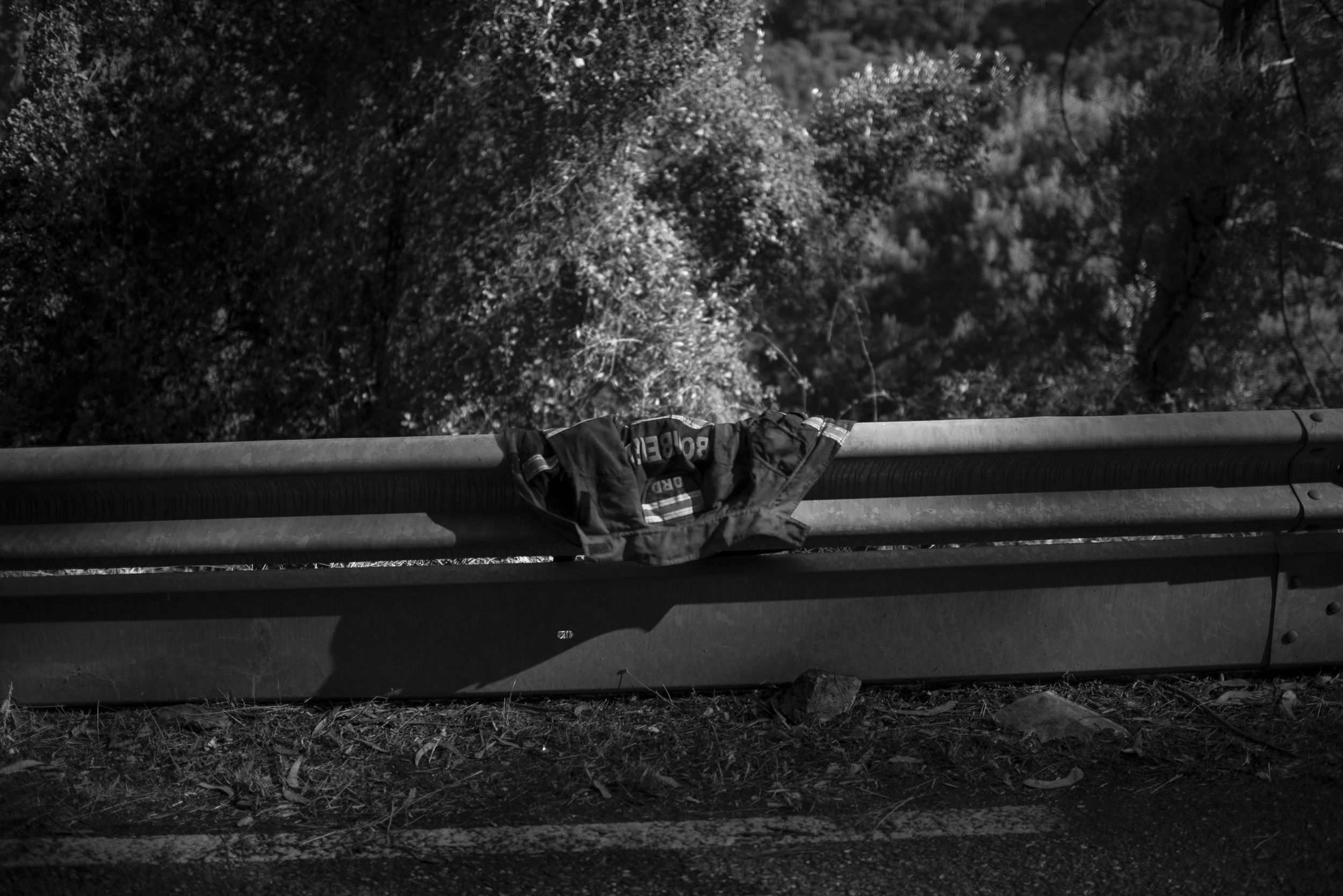



2018: meu ano em fotos
1. A foto do menino no revéillon, para @reuters. O ano começou assim, sem parecer virada, emendado em uma linha contínua de trabalho e felicidade. A foto virou de domínio público mas a história e as relações por trás dela me construíram internamente. 2018 chegou com pé na porta.
2. O mar vermelho, para @reuters. Na mesma pauta da foto acima, um clique que, ao meu ver, resume muita coisa. Era um espelho do que estava por vir. E veio.
3. Eduardo Paes na Avenida, para @uoloficial. Adoro cobrir desfile de escola de samba no Rio. Meu avô era da Portela, nasci apaixonado por tudo que envolve a festa. E acho que o ex-prefeito também. O clique foi feito no sábado das campeãs, no desfile da Portela.
4. Dona Marinete, para @marieclairebr. Cinco dias depois do assassinato da vereadora @marielle_franco, @lu_karam e eu fomos recebidos de coração aberto pela dona Marinete e sua família para falar publicamente pela primeira vez.
5. Rocinha pede paz, para @uoloficial. Foto para um especial feito pela parceira @marclemos narrando histórias do cotidiano da comunidade.
6. Greve dos caminhoneiros, para @folhadespaulo. Fui pautado para cobrir o efeito da greve nas prateleiras dos supermercados aqui no Rio, em maio.
7. Seu Valdivino, trabalho pessoal. Em julho, documentei o tekoha Ñu Vera, que estava na iminência de despejo. Entre as pessoas que conheci, está seu Valdivino, que me lembra São Francisco com seus animais ao redor.
8. Incêndios florestais em Portugal e a permacultura, outro trabalho pessoal. Aproveitando que estava no país para fazer um trabalho comercial, contei uma história que se aprofunda no maior incêndio florestal de Portugal e explica como a permacultura pode ser uma solução para os recorrentes incêndios.
9. #EleNão, no Rio. Movimento bonito e importante no Brasil todo, antes das eleições presidenciais.
10. Dona Tereza, para @claudiaonline. Um dos meus retratos preferidos do ano foi feito durante um trabalho pessoal em julho e publicado em dezembro. Uma rezadora muito querida que conheci durante o Aty Kuña, na aldeia Amambai, estampou uma página inteira na revista, com texto da @laurieneseraguza. Lindas fechando o ano!
As Rezadoras
Em junho, durante o RISC Training (coordenado por duas mulheres), conheci a Luiza Calagian. Ela me disse que no mês seguinte iria para um encontro das mulheres guarani e kaiowá na aldeia Amambai, no sul do Mato Grosso do Sul, e eu me meti na jogada.
Consegui contactar a organização do evento que autorizou a minha presença no Aty Kuña, a assembléia das mulheres kaiowá e guarani ñandeva. Lá, conheci outras duas mulheres importantes nessa história, a Tatiana Klein e a Lauriene Seraguza.
Ambas são antropólogas apaixonadas pelo ofício, dedicadas e batalhadoras. Hoje tenho orgulho de dizer que são minhas amigas, pessoas que admiro muito e que trabalham no front de uma guerra muitas vezes desinteressante ao eixo Rio - SP. Elas me apresentaram de maneira linda a um universo novo para mim.
Durante o Aty Kunã, fiz uma série de retratos das rezadoras, as xamãs dos povos kaiowá e guarani. Mulheres fortes, que me tocaram pela postura resistente e pelo olhar guerreiro. Mulheres anciãs, que se conectam com o divino e botam ordem nos tekohas.
Voltei com esse material editado e outra mulher importante nessa história apareceu: a Isabela Decorle, hoje editora da Revista CLAUDIA, que conheço há quase uma década, desde quando éramos bebês nas redações da (saudosa) editora Abril.
A Isa se conectou com essas mulheres e suas história e publicou, em quatro páginas, na edição de dezembro da CLAUDIA, uma reportagem lindamente escrita pela Lauriene Seraguza (que tem um trabalho específico sobre as mulheres kaiowá e guarani) com as minhas fotos.
Muito feliz por ter feito a ponte para que esse material fosse publicado do jeito que foi, com liberdade e afeto. Achei importante dividir os retratos das rezadoras (veja aqui todos os 15 retratos) com as meninas. O passado e o futuro. São a elas que devemos ouvir: as anciãs e as crianças.
No último mês das nossas vidas oficialmente sem Bolsonaro, comemoro mais um trabalho que nasce inspirado na resistência das mulheres e dos povos indígenas. Obrigado a todas as mulheres envolvidas nessa história e na minha vida. Vocês são demais. À luta!


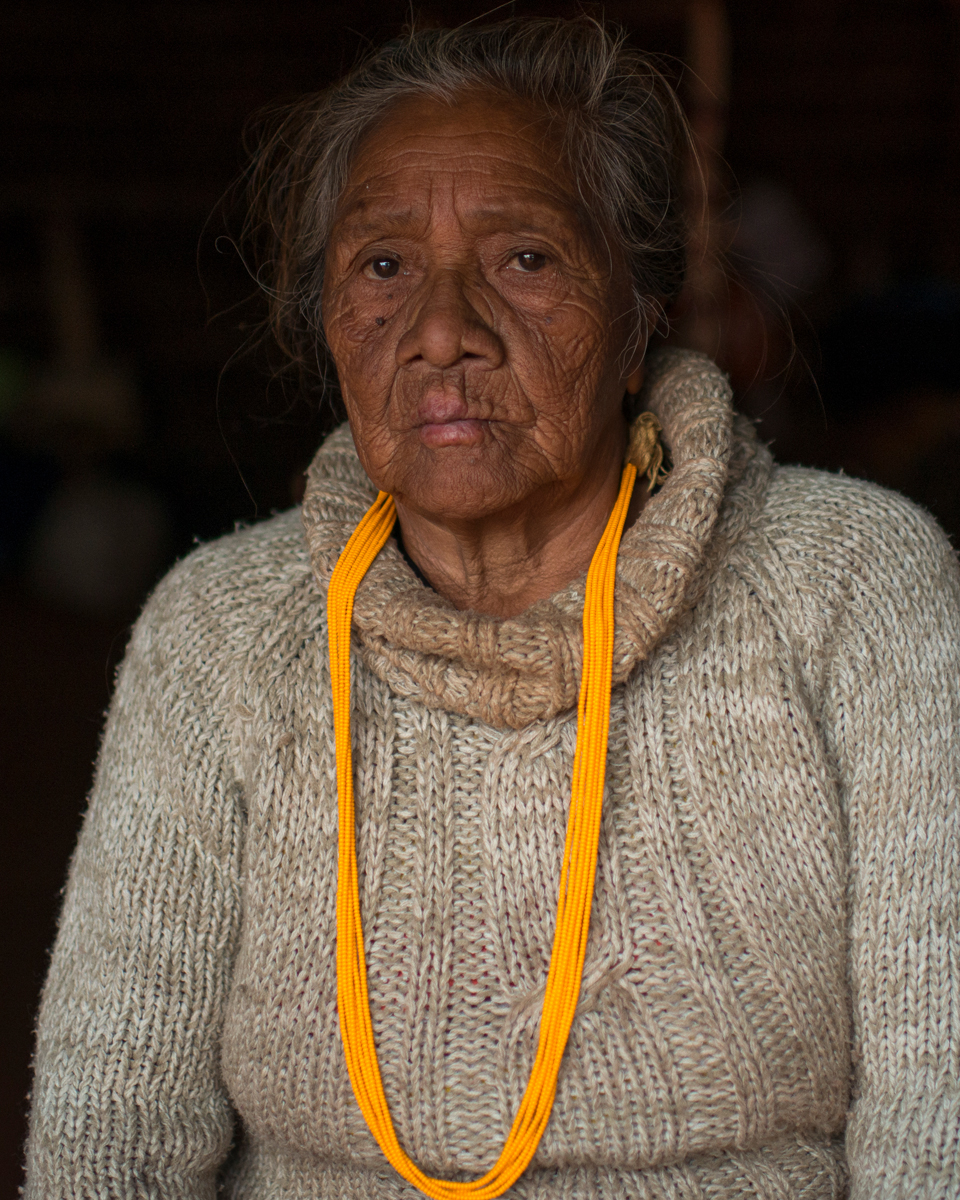
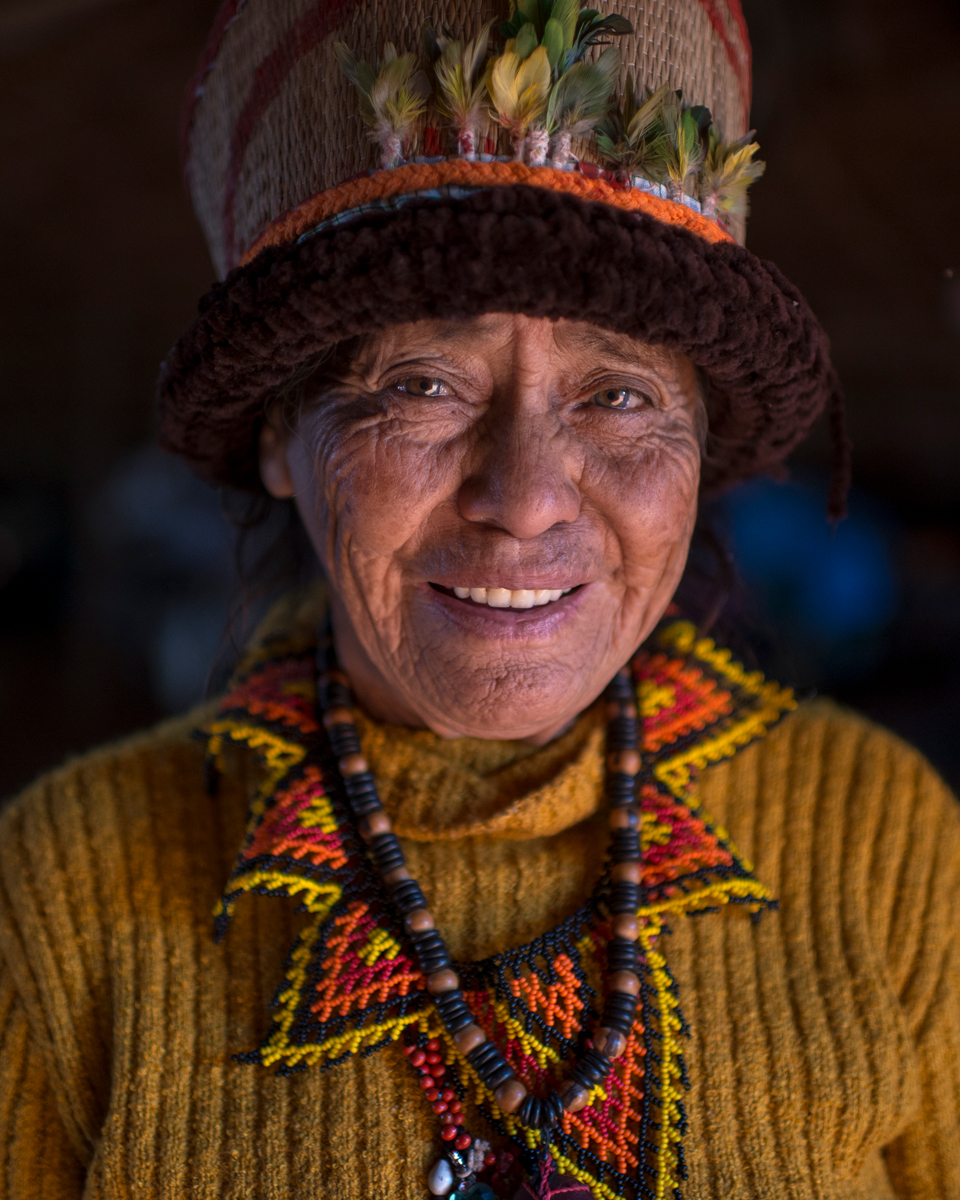
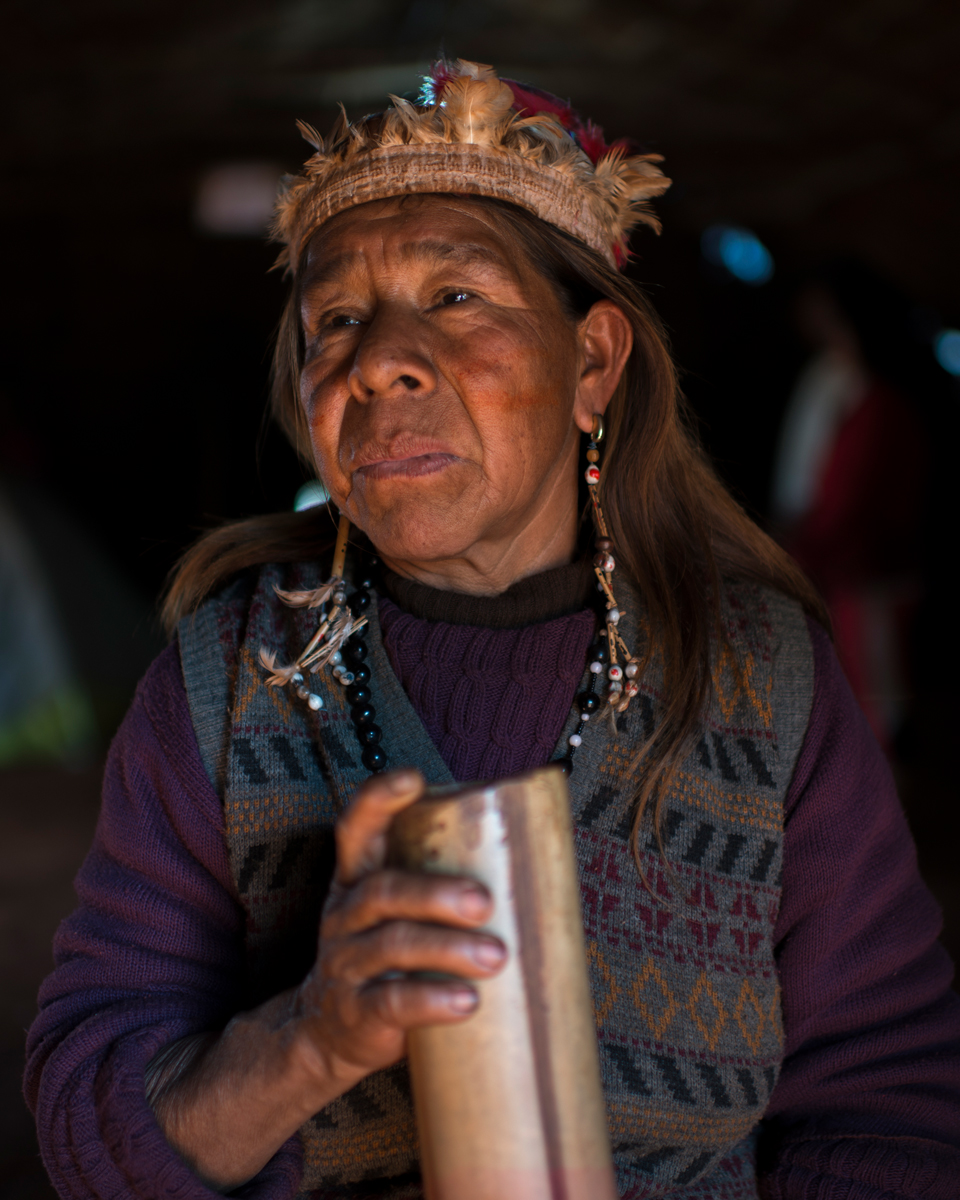
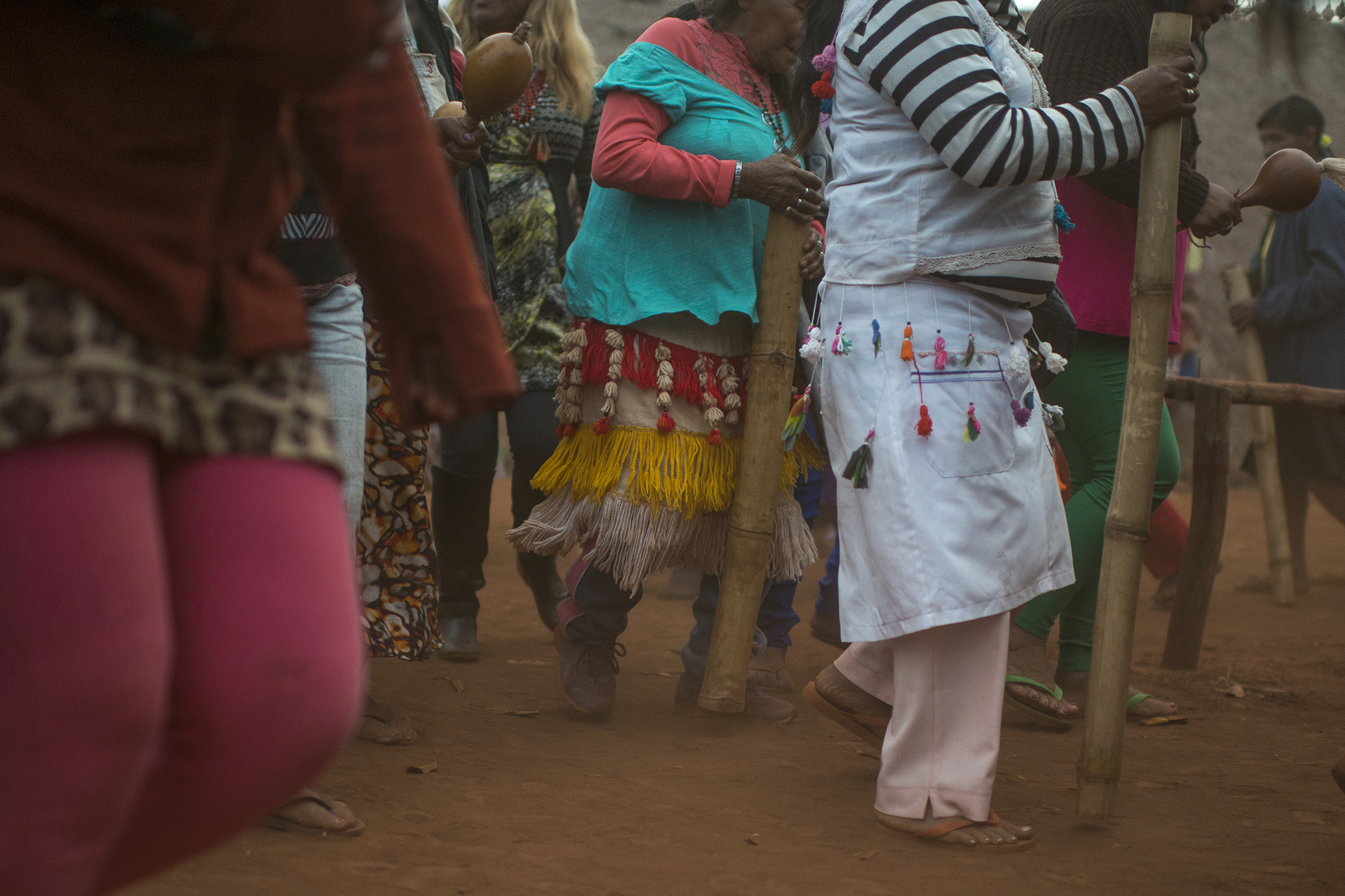

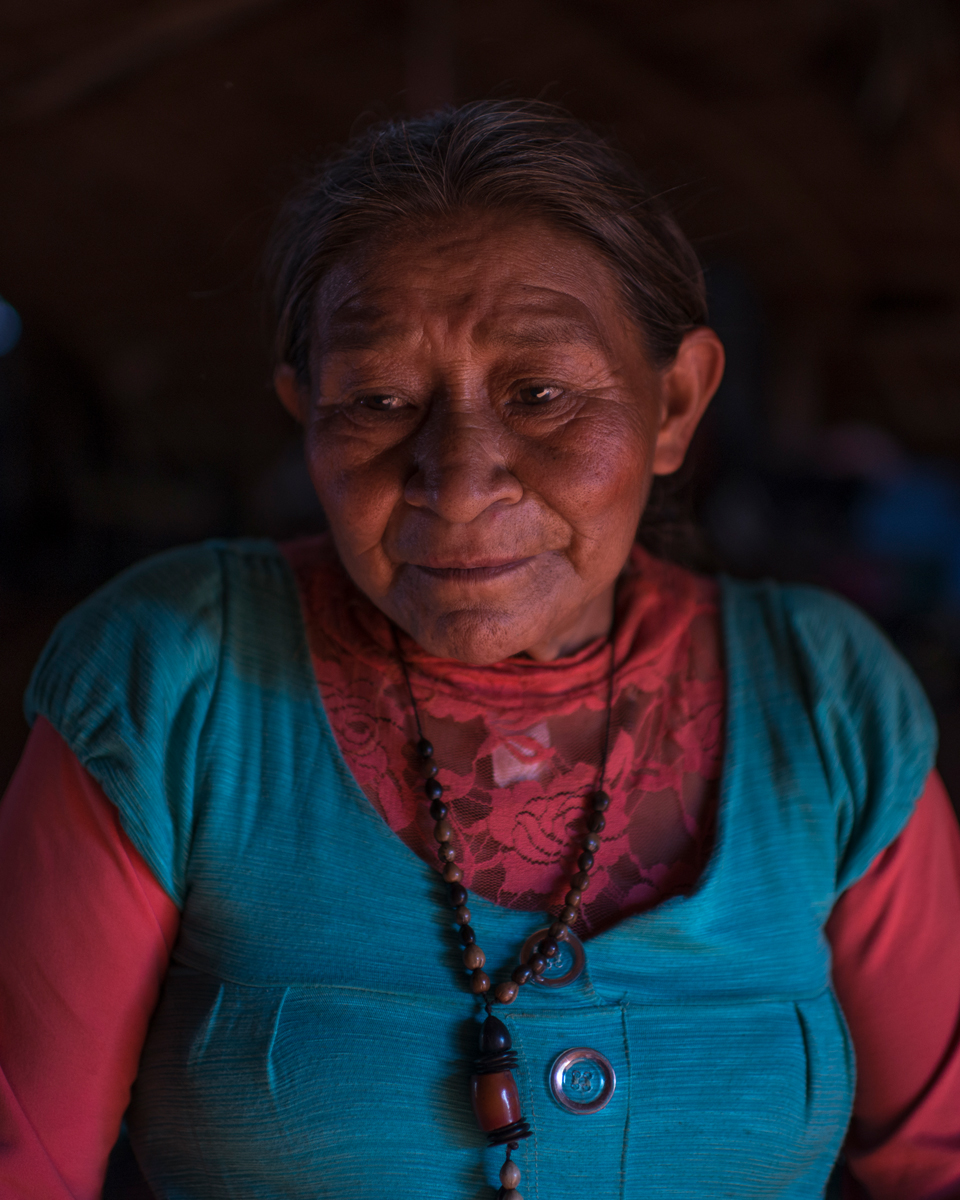
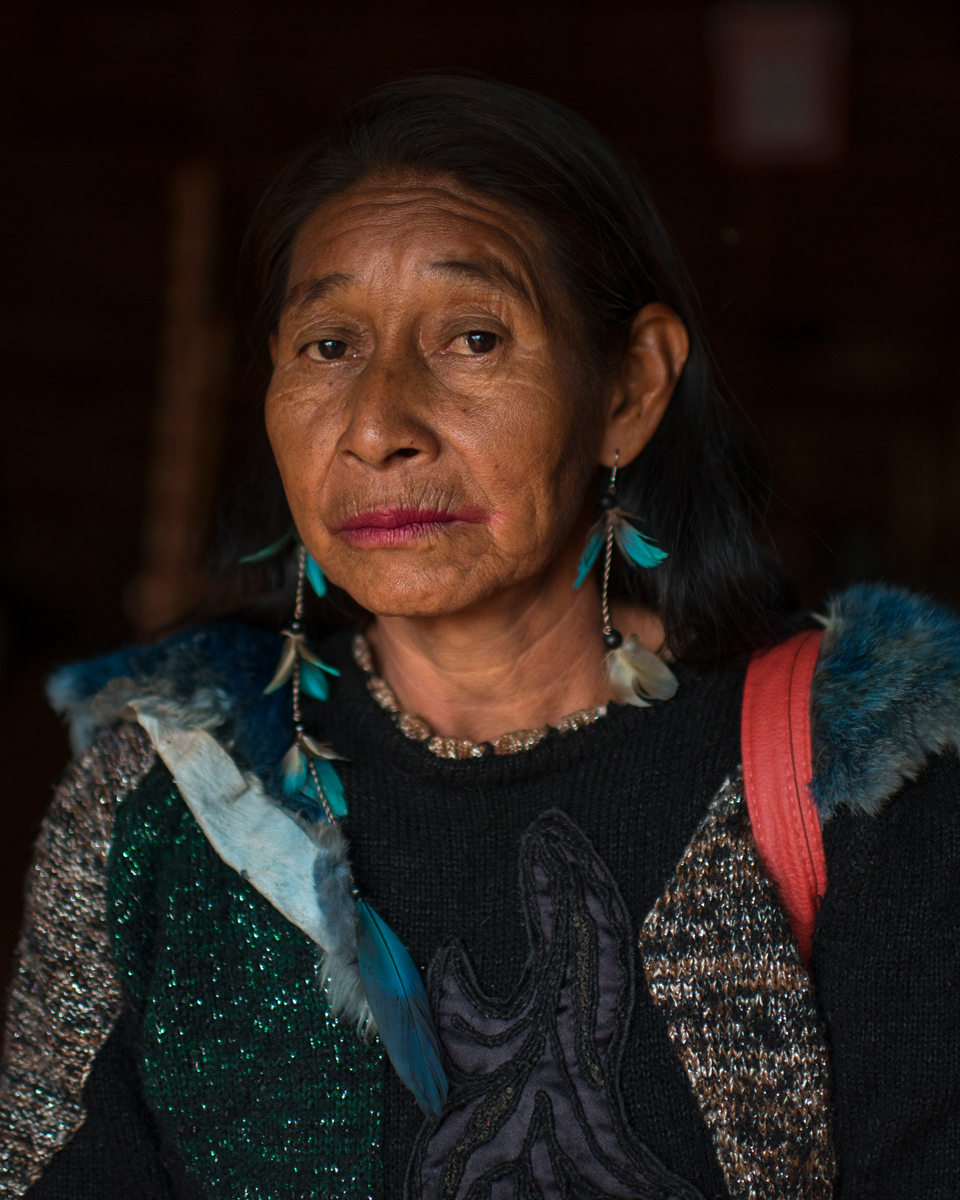
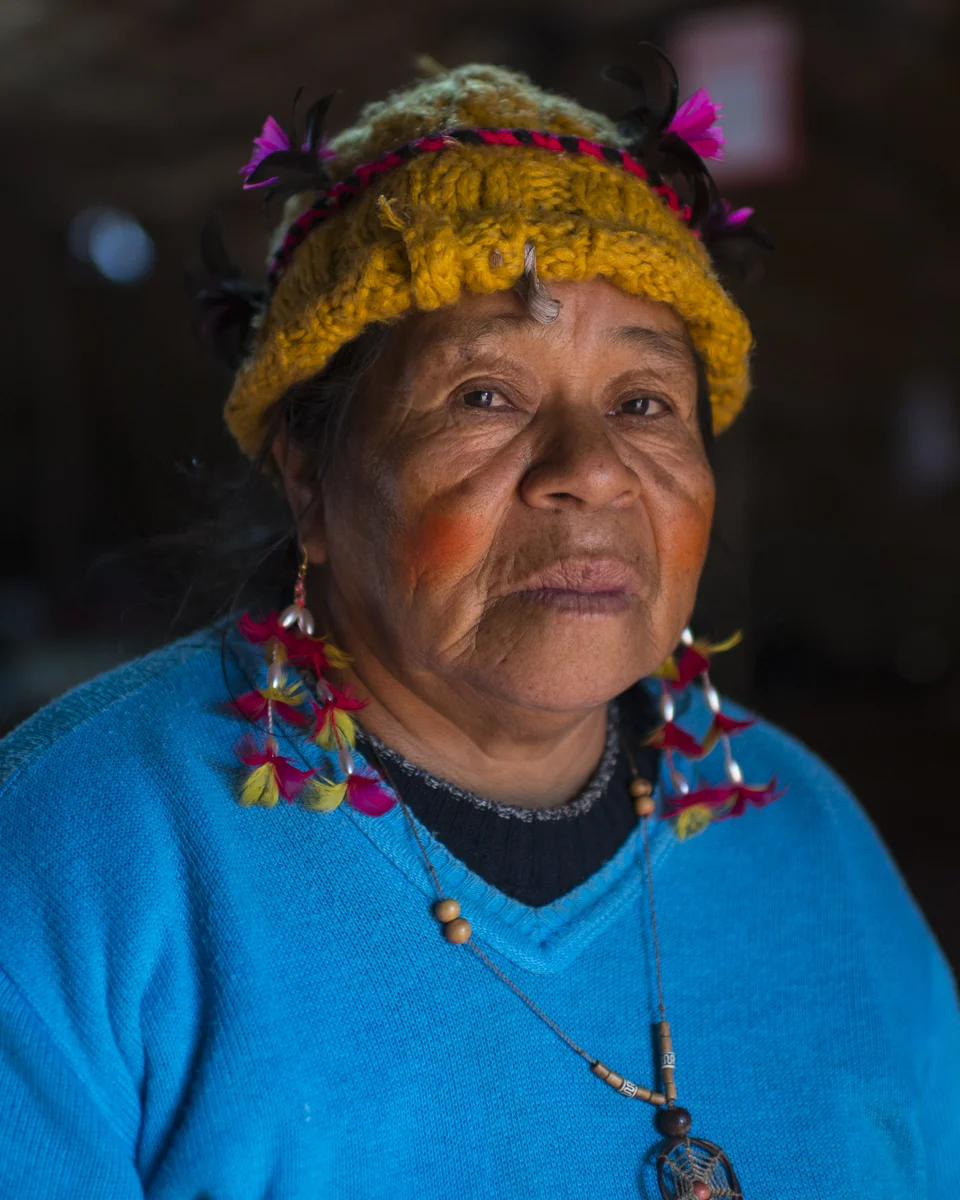
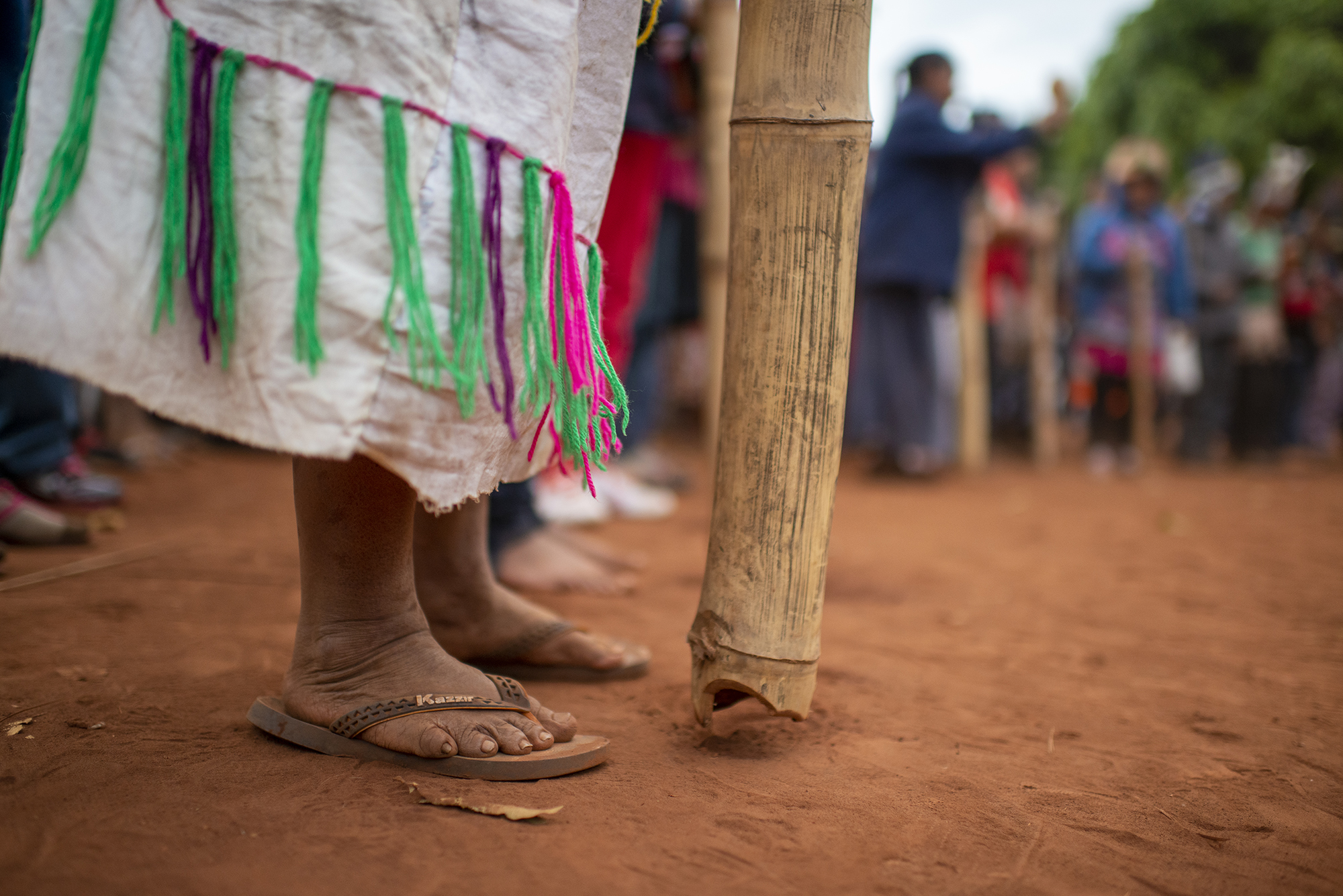
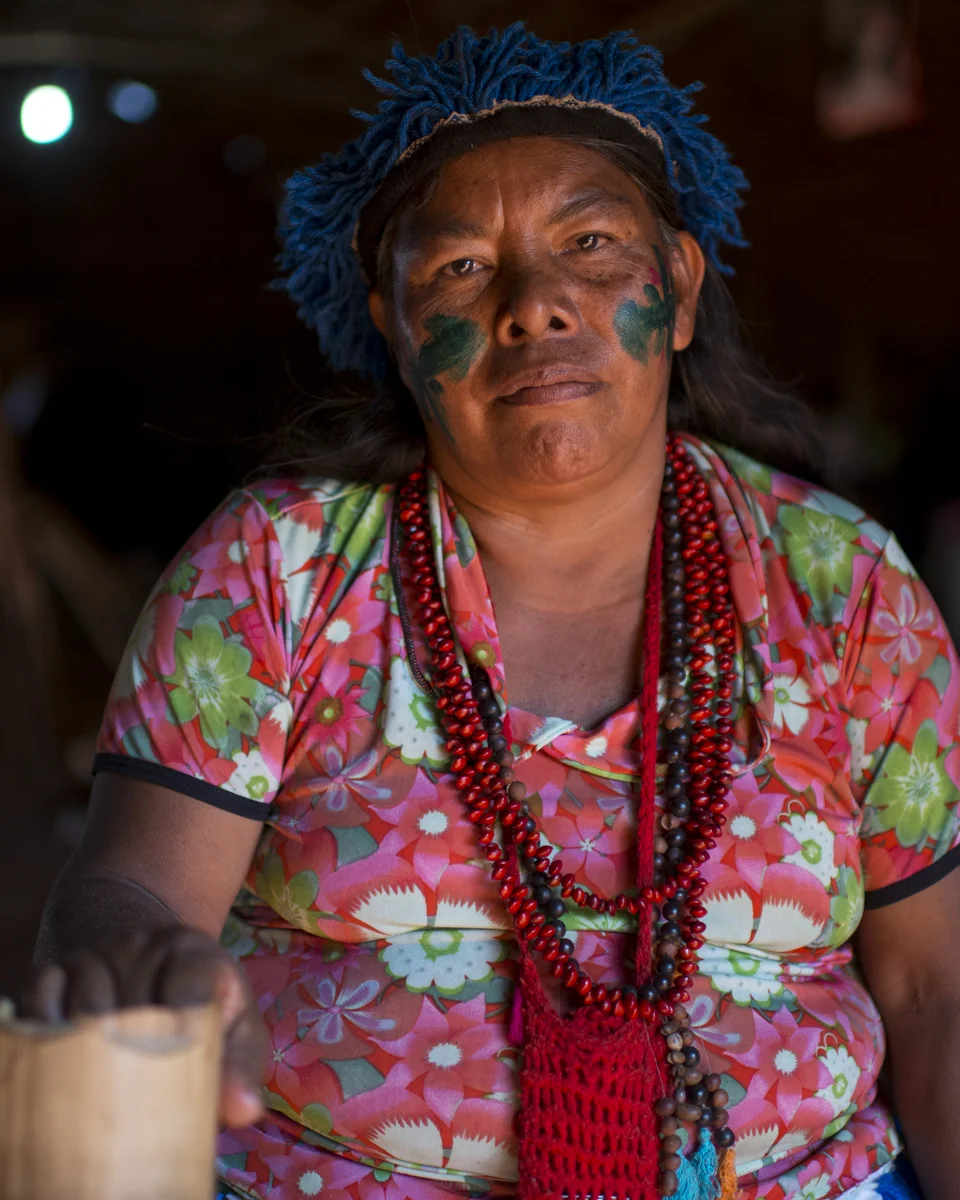

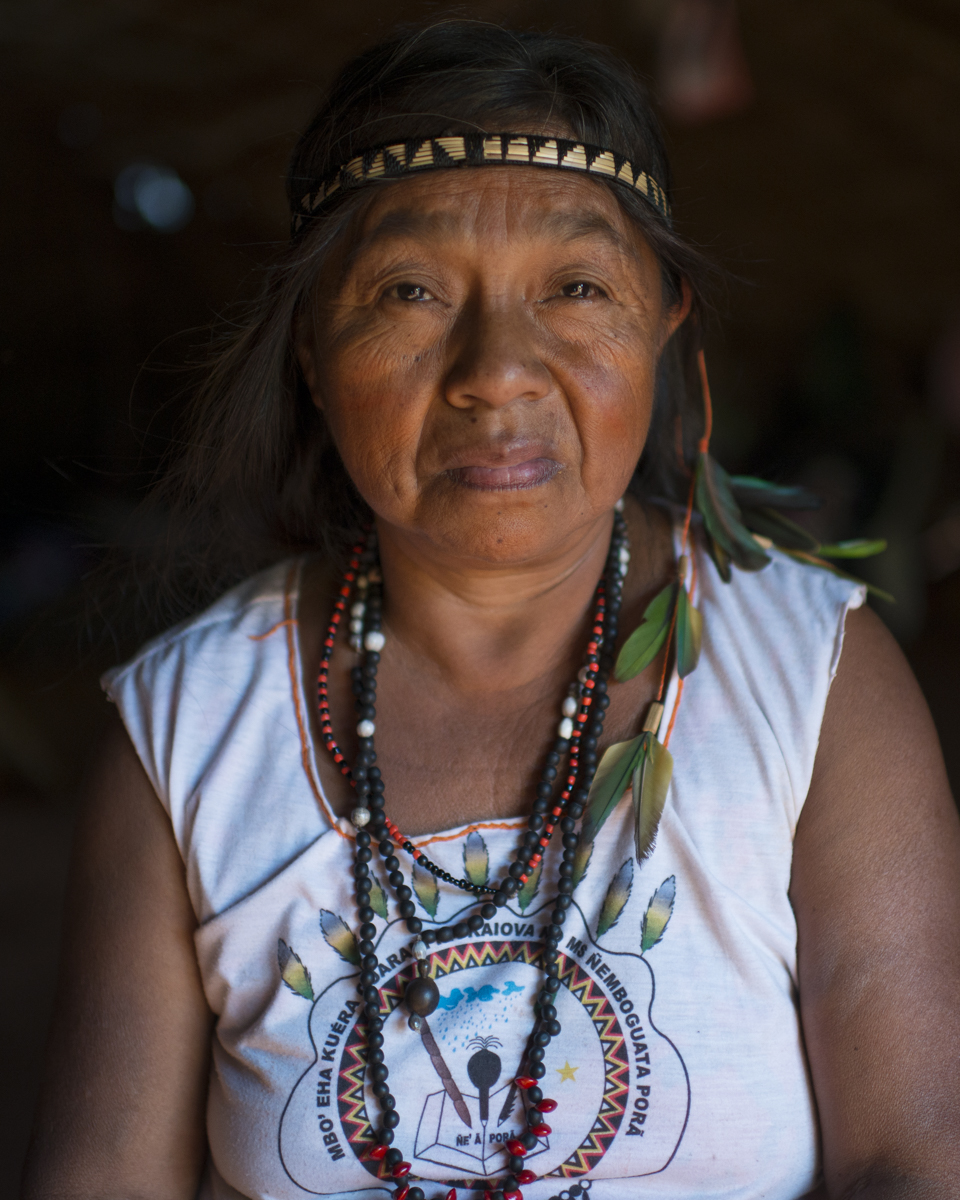
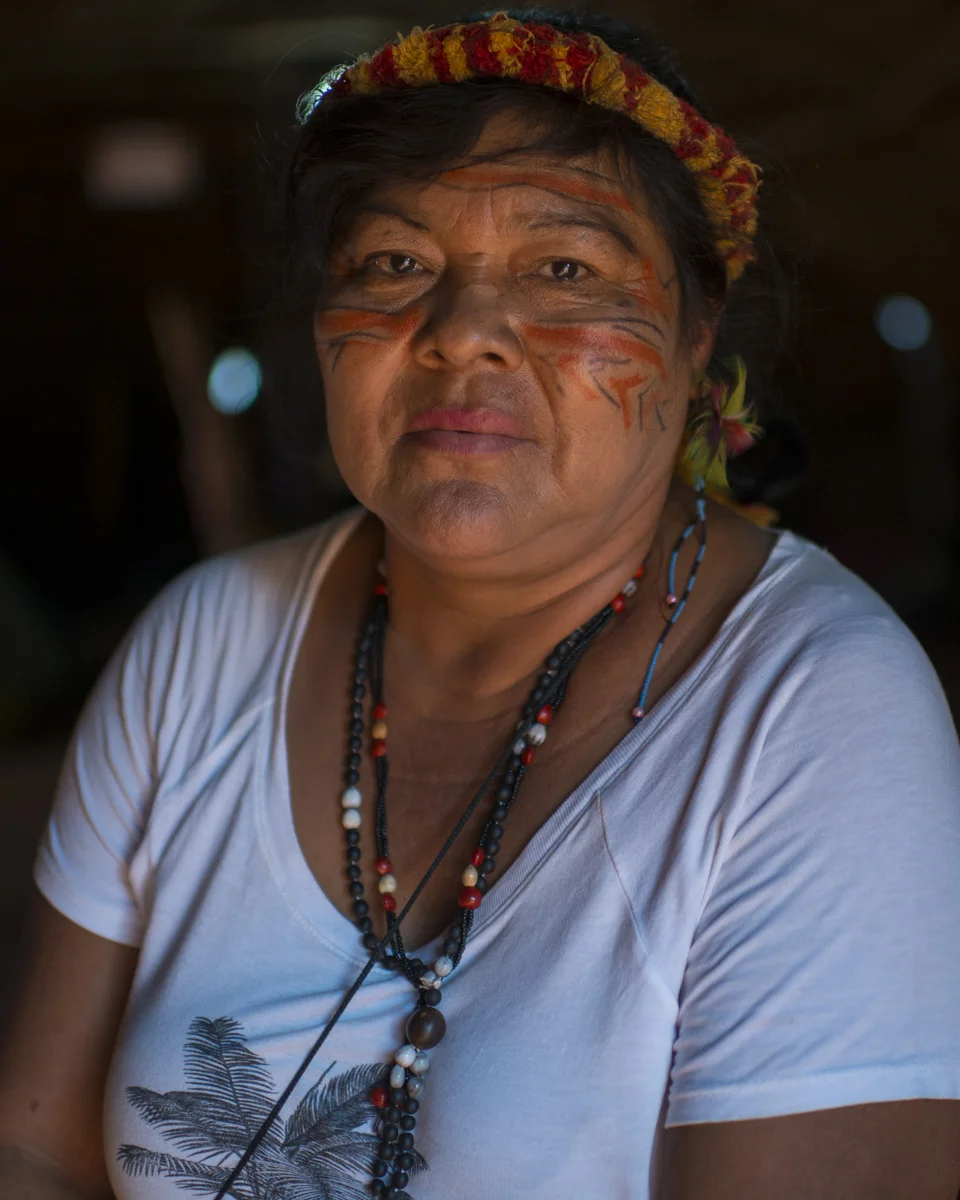
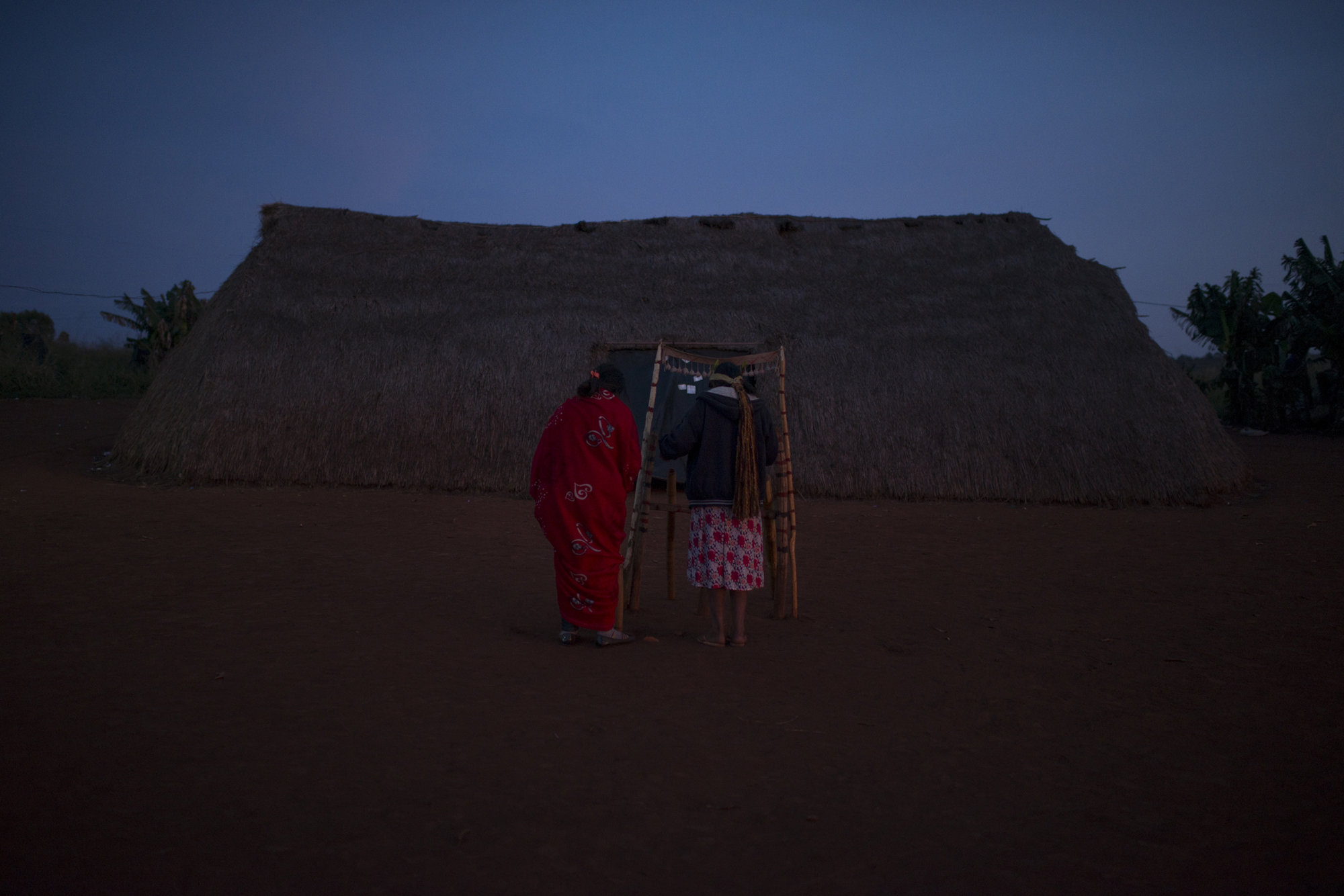
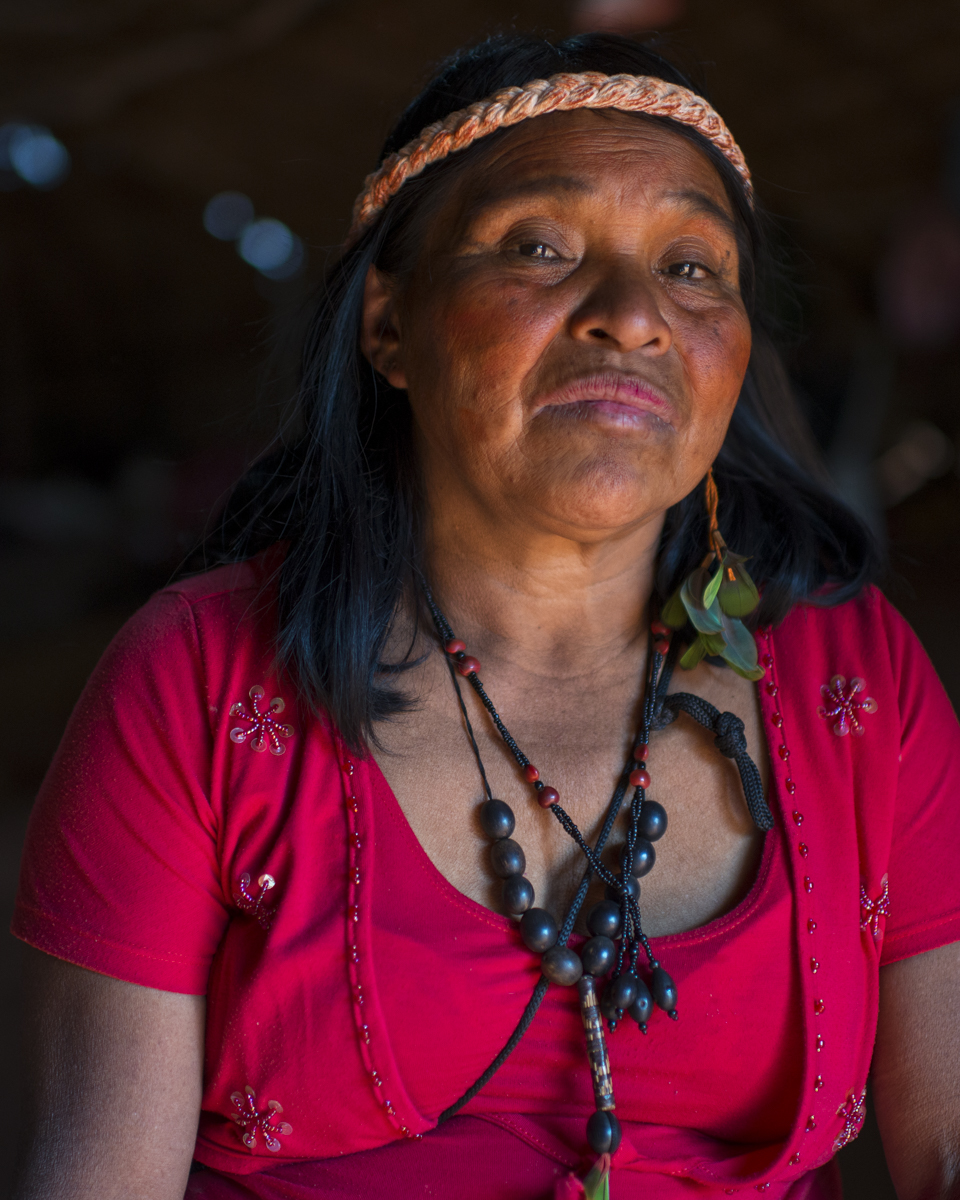
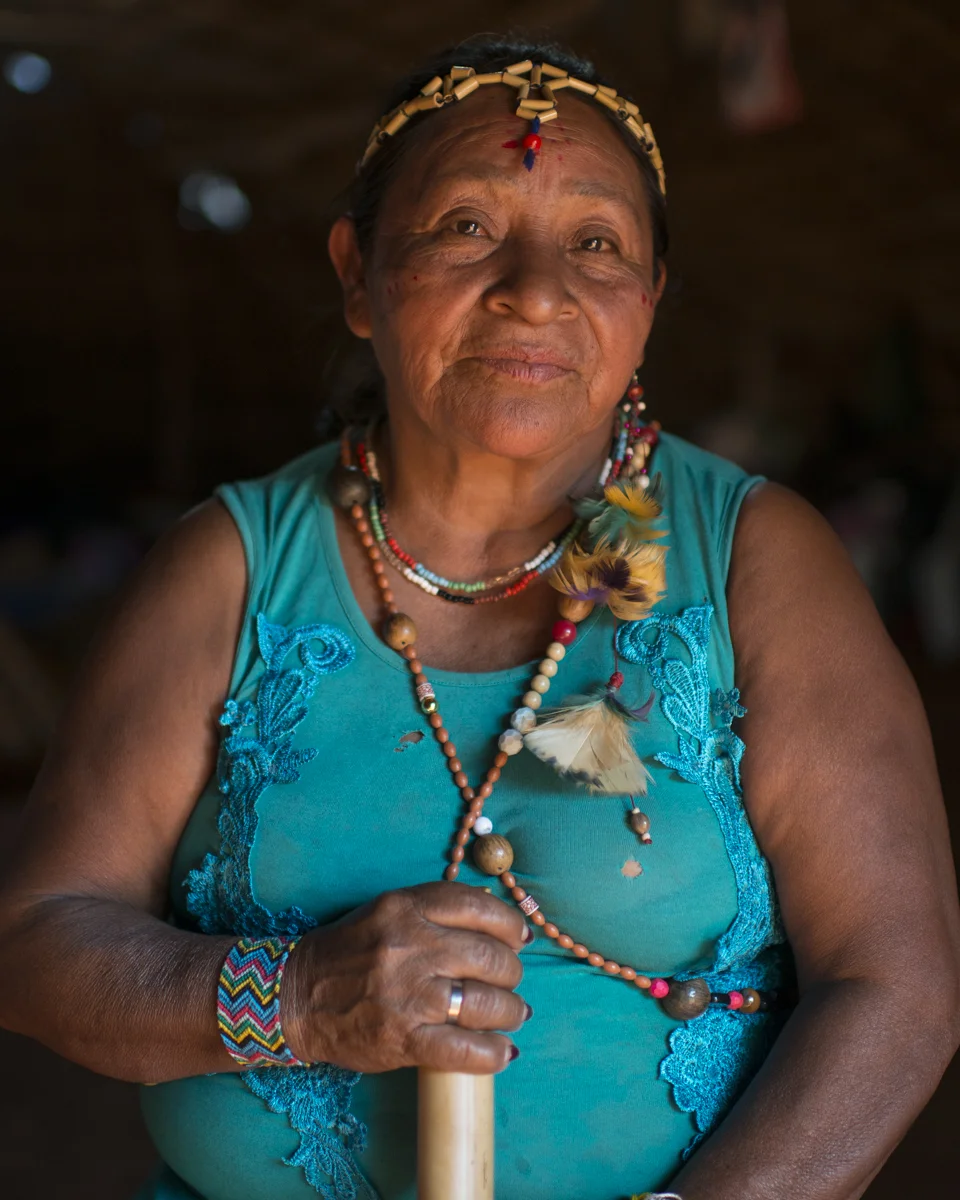

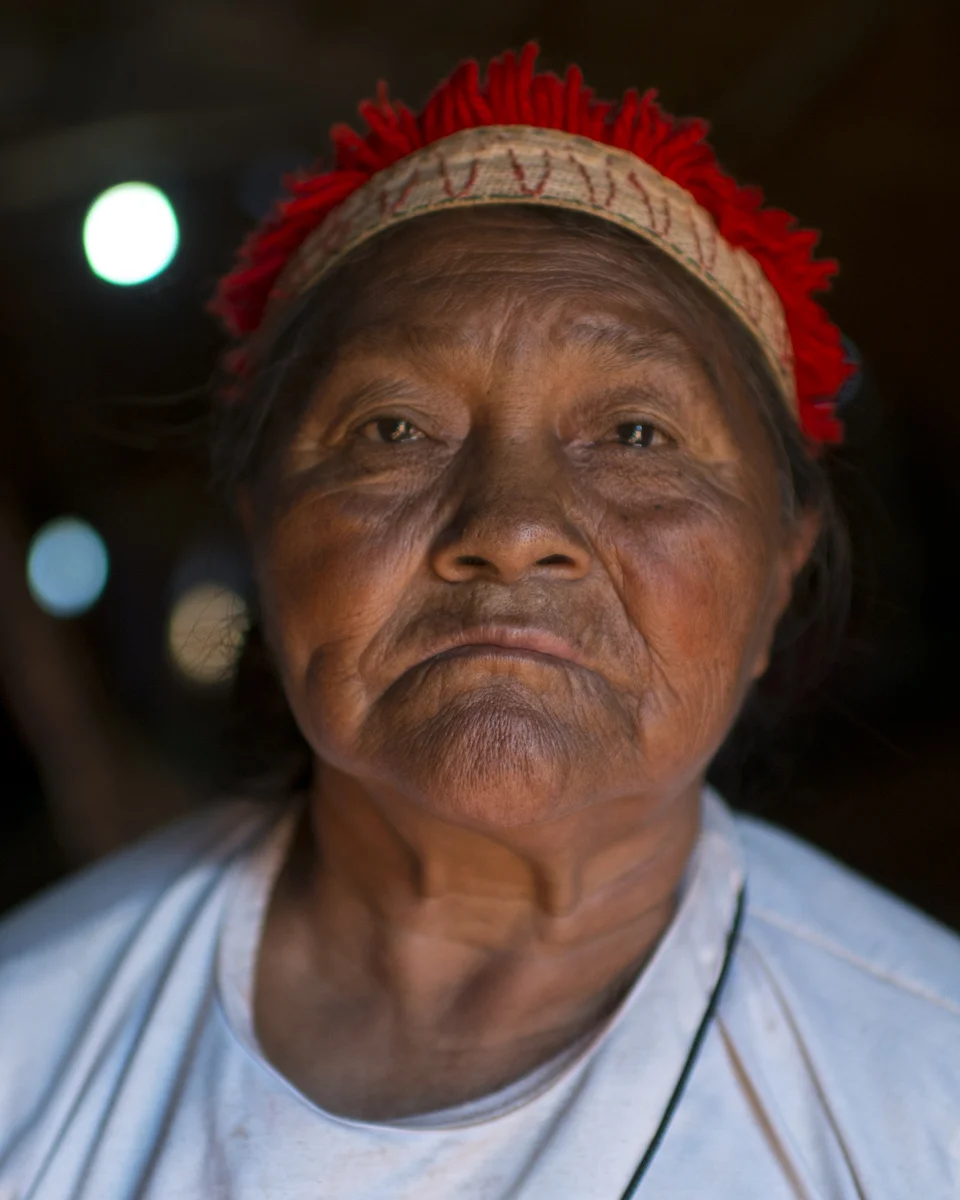
A foto do menino no réveillon
A história começa no dia 4 de dezembro de 2017, com um email que enviei ao chefe da Reuters no Brasil pedindo para cobrir o réveillon no Rio. Talvez para espanto dele e para indignação dos amigos que eu estava combinando uma viagem de final de ano, eu queria cobrir o réveillon. Pedi para trabalhar na data que todo mundo comemora. Tava inspirado e vidrado no fotojornalismo, que tinha se tornado o meu foco profissional há apenas três meses na época.
Uma amiga até questionou, “mas pauta de réveillon?”, e respondi brincando “eu vou ganhar o Pulitzer nesse trabalho”. Ela me lembrou dessa história logo depois da foto ter viralizado, porque o caos que se seguiu me fez apagar da memória esse momento. (Ainda) Não foi o Pulitzer, mas foi muito louco.
O gás que essa força de vontade interior traz foi responsável pela foto do menino. Foi tudo na intuição. No dia 31 fui mais cedo à praia, ver o ponto em que ficaria, pensar nas imagens, checar o policiamento, rotas de entrada e fuga, etc. Voltei mais tarde com roupa para molhar e a câmera com uma lente numa pochete presa no peito.
Começaram os fogos e eu tinha 17 minutos de queima para fazer a pauta toda. É uma pauta bem rápida, de certa forma. Nesses minutos, busquei registrar as pessoas ao meu redor e como reagiam a virada do ano e aos fogos, que são, de fato, impressionantes da beira d’água. Entre esses cliques, vi o menino lá longe, paradinho, encantado com os fogos.
Fui, literalmente, correndo até ele com a câmera pra cima e a água no joelho. Para não atrapalhar o seu momento, fiquei atrás e fiz os primeiros cliques, ele de costas. Esperei o menino virar por três eternos minutos, mas o fascínio com o céu era enorme, maior do que o frio que sentíamos por causa da água. Meu tempo corria e eu senti que precisava olhar para ele. Me posicionei de frente pro garoto, de costas para os fogos, e fiz uma sequência de 20 imagens. A primeira foto foi a imagem viralizada. As últimas são ele rindo descontraído pra câmera.
O primeiro clique captou algo real, algo único, genuíno e espontâneo. Foi a fração de segundo que ele ainda não tinha dado conta da minha presença. Foi exatamente essa espontaneidade e esse encantamento que me comoveram para clicar (e postar) esse retrato. Depois, ele se tornou um símbolo, mas ali, naquele momento, foi a pureza de uma criança que me emocionou e sensibilizou. Eu nem tinha visto o que estava atrás do menino, só consegui olhar pra ele.
A reação dele comigo foi tão legal que achei que deveria perguntar a idade e o nome (foi a única pessoa fotografada nesse dia que conversei). O nome não ouvi, mas lembro que falou oito anos. Me despedi e continuei fotografando os minutos restantes do espetáculo. Voltei pra casa correndo, enviei o material à agência e resolvi postar uma foto no meu Instagram.
Às 3 am, com povo doidão nas festas, pensei: “vou deixar as fotos mais fortes, dos fogos, para o dia 1 de tarde. Por agora vou postar alguma foto que não tenha fogos, só pra marcar presença no Insta”. Postei duas fotos do menino — a foto viralizada em segundo no slideshow porque, no momento, achei a primeira mais interessante — em PB pois estavam escuras em cor (usei ISO 500 pra evitar grão).
As pessoas viram a força que existe nessa foto antes de mim, o que foi lindo. A foto viralizou na tarde do dia 01/01/18. Comecei o dia com 7 mil seguidores e dormi com 40 mil (curiosamente, esse número diminuiu muito principalmente depois do meu posicionamento na campanha contra o Bolsonaro #filtrodademocracia). Do Fantástico ao Washignton Post, a vida virou de ponta cabeça. Uso o Instagram há oito anos e nunca poderia imaginar que isso aconteceria. As pessoas estavam surtando com uma foto que postei.
A jornada toda foi incrível e o aprendizado foi surreal. Acho que amadureci 10 anos em um mês. Foi muito simbólico ter acontecido logo no início da minha virada profissional, quando decidi deixar a moda de vez e focar no fotojornalismo. Senti como um aviso: “ó, seja bem-vindo mas faça tudo com muita responsabilidade”. Todos os meu cabelos brancos de hoje brotaram em janeiro. Foi intenso demais. Fiquei pasmo como uma postagem “qualquer” no Insta poderia fazer tanto barulho. A internet é doida e maravilhosa!
Ela, a internet, me fez entender o poder que nós, fotógrafos e contadores de história, temos. E compreendi a necessidade de agir com 100% de responsabilidade em tudo, sempre. Na época fiquei fragilizado com as pancadas que me deram, mas sempre estive certo e seguro do meu posicionamento. Consciência tranquila por estar seguindo o meu coração e fazendo tudo com muita sensibilidade e respeito.
Conheci o Leleo, o menino da foto, sua mãe e seus irmãos. Foi muito emocionante. A mãe estava lá atrás no dia 31, ele não estava abandonado. Desde a primeira vez que nos falamos ela não quer se expor. É uma decisão dela, não minha. Eu respeito e por isso não vendo a fotografia para nenhuma parede. Não vendi e não lucrei milhões com essa imagem. Também não quis a publicidade gratuita. Meu trabalho é maior do que essa fotografia e eu não teria nada a acrescentar na discussão, enquanto a mãe não quisesse aparecer.
Meu trabalho fala por mim. Nem todo mundo vai entender e tudo bem, eu vou seguir fazendo o trabalho que acredito e sendo algo que tenho certeza que nasci para ser, que nunca passou por uma escolha. Não tenho diploma, mas o jornalismo tá no sangue, no olhar e no instinto. Tenho muito orgulho por ter feito essa foto.
Entendo que ela se tornou algo muito maior do que eu, é um símbolo do nosso país — principalmente nos dias de hoje, e olha que foi feita antes da onda Bolsonaro surgir pra valer. Cada um que vê além de um menino deslumbrado com os fogos vê uma interpretação. Todos fazem sua própria leitura a partir das suas referências. E essa fotografia, do meu ponto de vista, fez a máscara social de muita gente cair.
Quando não temos respostas (qual é a realidade do menino?), a gente se mostra no modo de olhar. No silêncio do outro, projetamos nós mesmos ao julgar. E aí o preconceito explodiu. Foi muito nítido esse processo. A foto não é polêmica, mas talvez o que você veja nessa imagem seja polêmico.
Então vamos aproveitar para discutir e refletir enquanto Brasil porque esse menino nos ensinou tanto sobre o olhar. Vamos discutir o racismo, a desigualdade social e qualquer outro ponto delicado da nossa sociedade. Acho muito curioso observar como até hoje essa foto provoca e atiça as pessoas, sensibiliza muita gente. Ainda não sei responder porque essa e não outras centenas de fotos de crianças que fiz durante 13 anos de fotografia, mas fico muito feliz por ver a fotografia cumprindo o seu espetacular papel enquanto arte.
Regência documentary is out now!
Special thanks: Cineclube Foz
My first doc is ready! With 35 minutes, “The Rescue of Regência” talks about micropolitical initiatives in a fishermen village in the river Doce to get over the worst socioenvironmental crime in Brazil, the rupture of the Fundão dam of Samarco mining company, controlled by Vale and BHP, in Bento Rodrigues, Minas Gerais.
The doc is about people tired of waiting the government help them that started to act by themselves to regenerate Regência. The jiu-jitsu instructor, the alternative community leader, the ex-fisherwoman, the young artist from Regência and more native people are featured in the film.
Now that it’s done, I did the first exhibition in the main Regência square for 120 residents on November 22th. The night was very special and beautiful, the community was really open and I got amazing feedbacks.
Next step is apply “The Rescue of Regência” in the festivals inside and outside Brazil, as a way to get their inspiring story more known. My idea is post it on YouTube but some festivals ask that the documentary be unpublished to inscribe it. I will announce when will be available on YT.
Regência resists!
Portugal Forest Fires
After one month (September) in Portugal, I got back with a story about the forest fires in the country. I had one week to investigate the worst forest fire in Portugal recent history (June 2017) and I talked with people who lost their parents and with people who was saved by permaculture.
The story (in Portuguese) cover the culture of the forest fires in Portugal and indicate permaculture as a possible solution for them. It’s my third personal project on documentary photography.

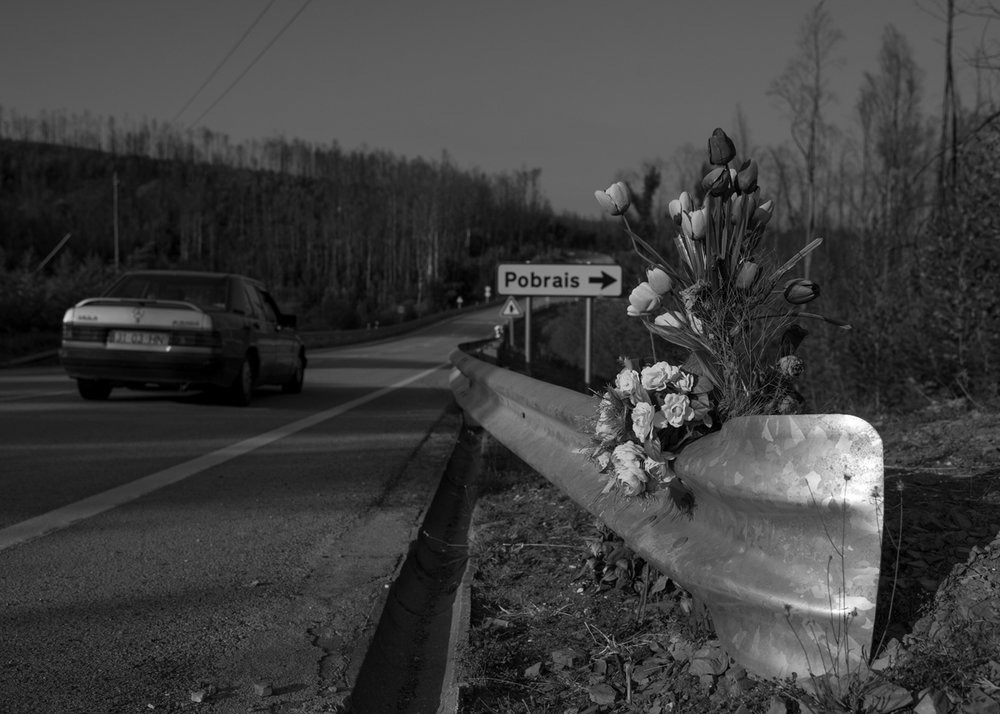
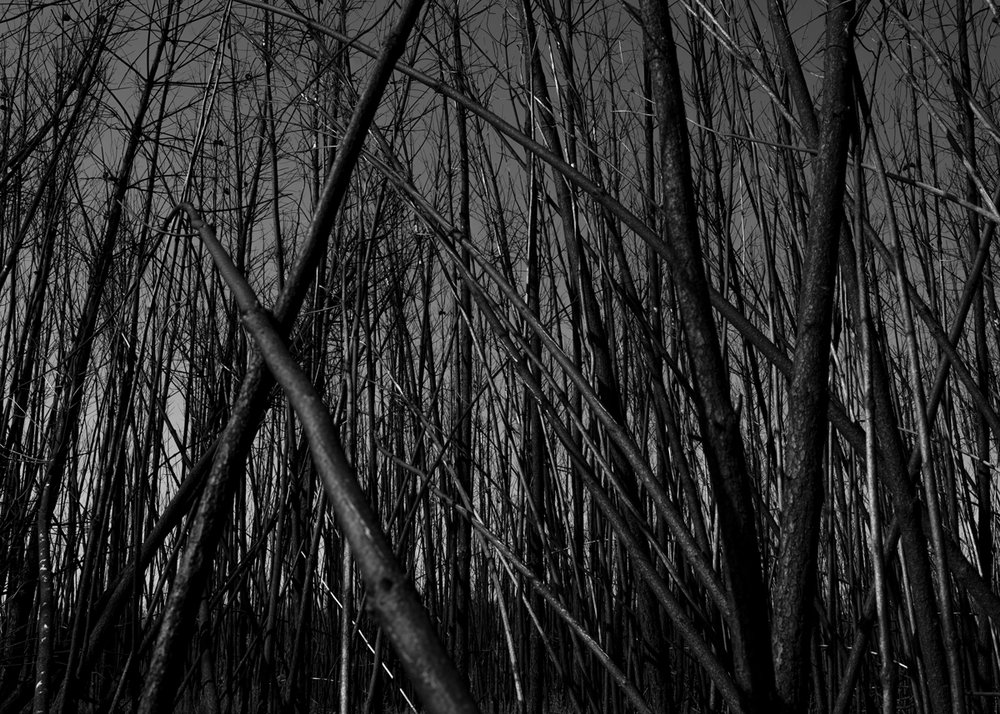


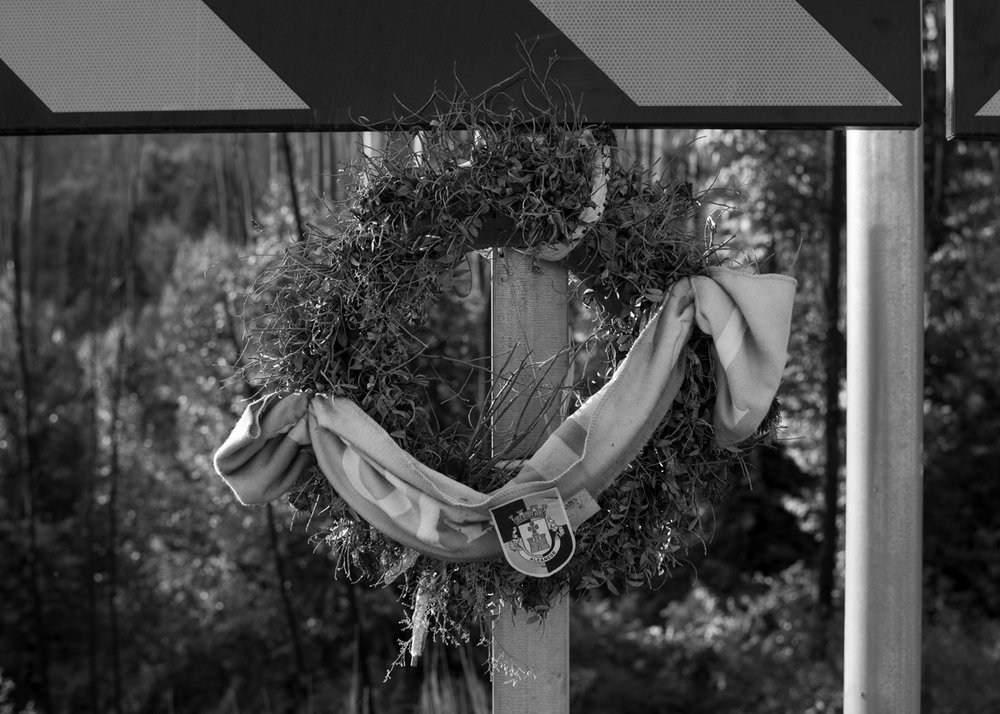

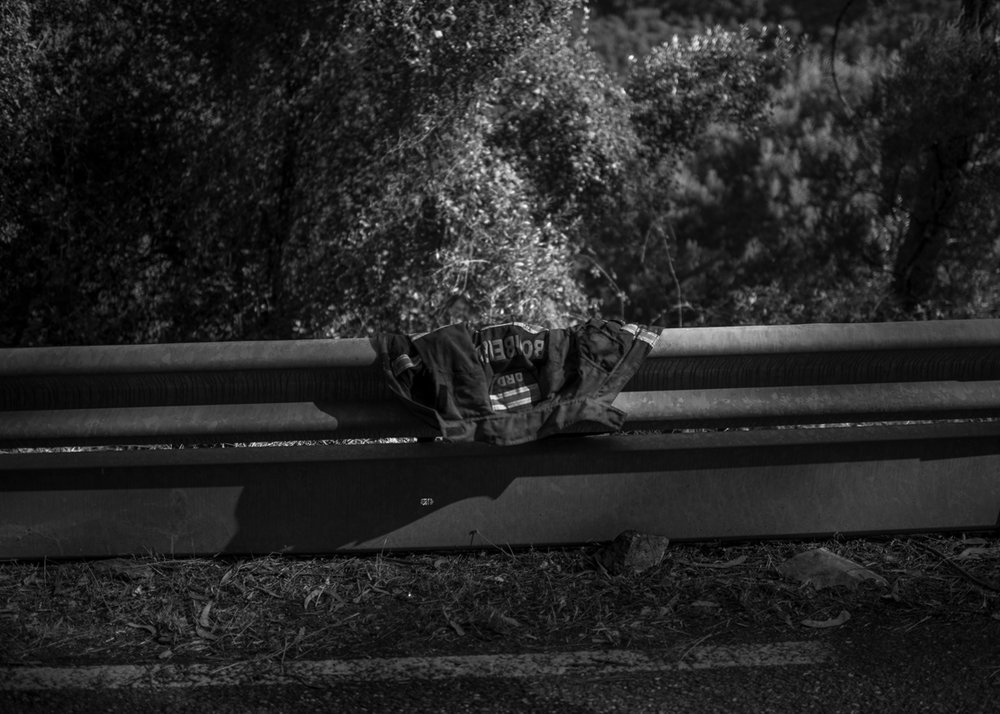
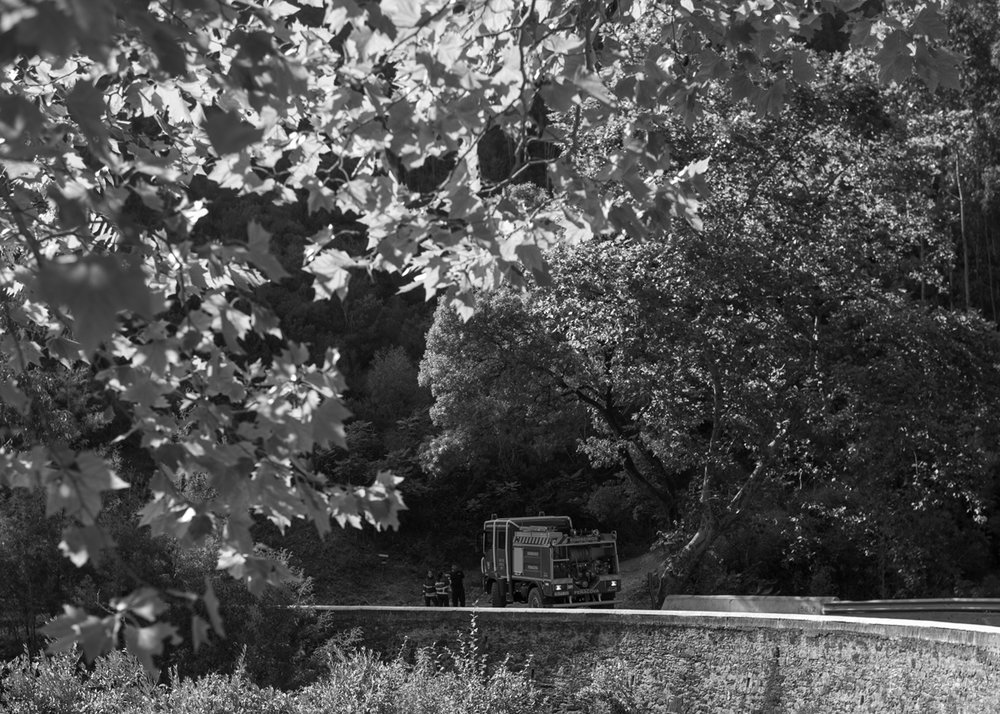
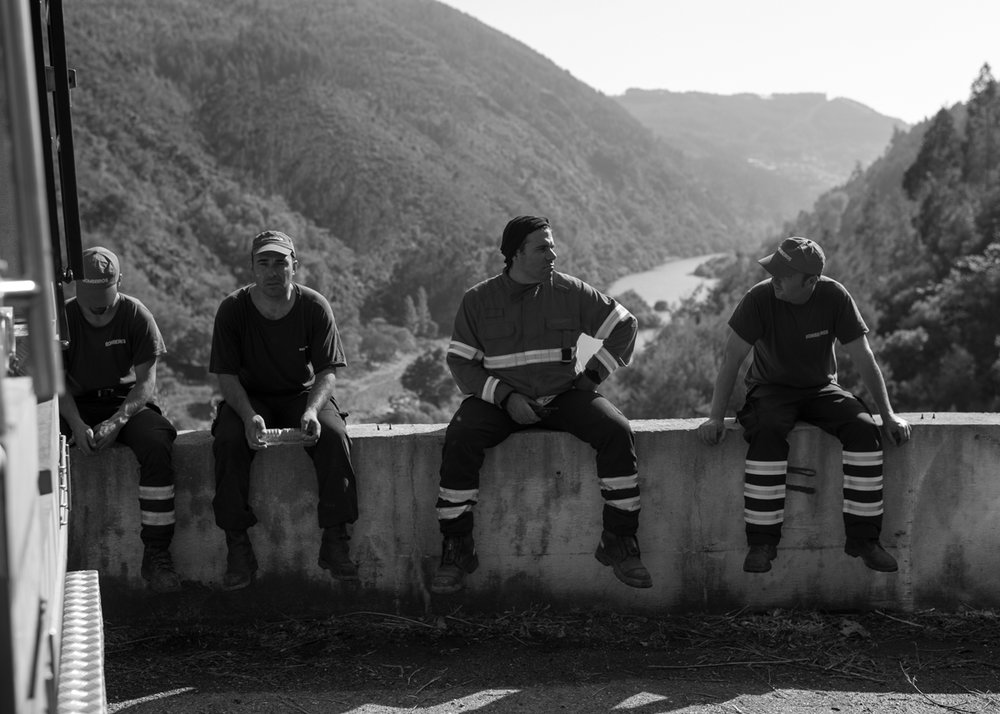
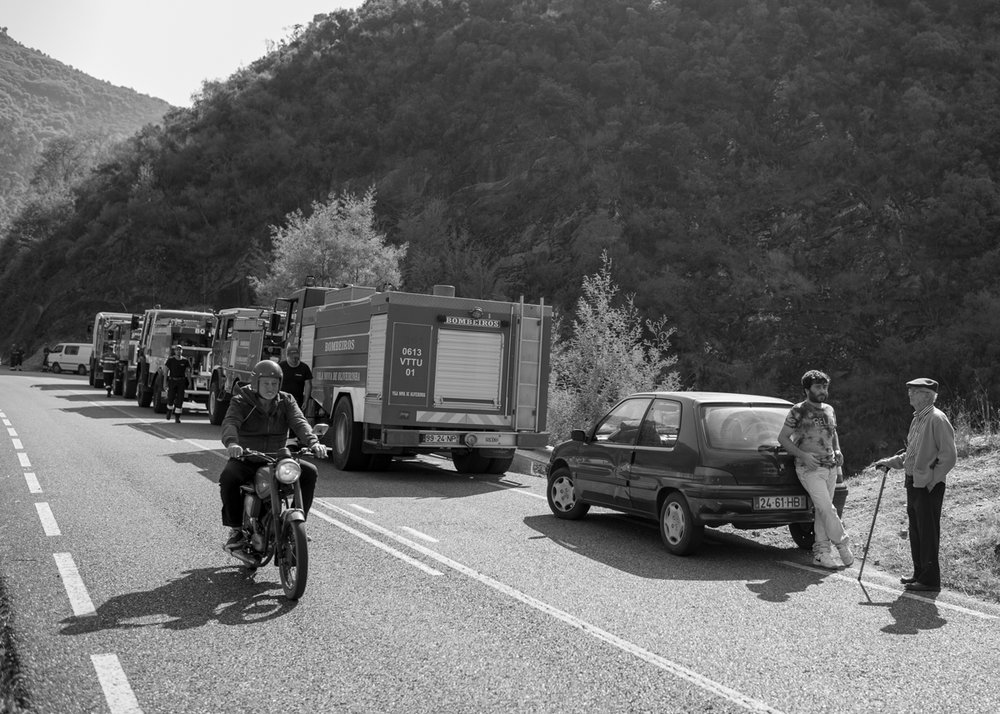
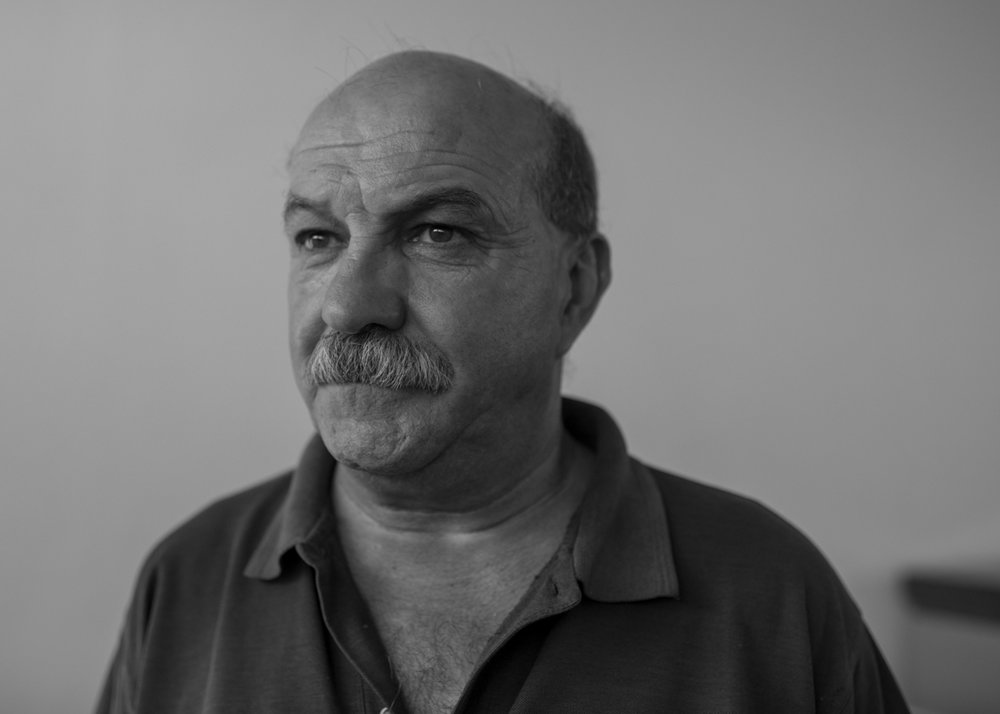
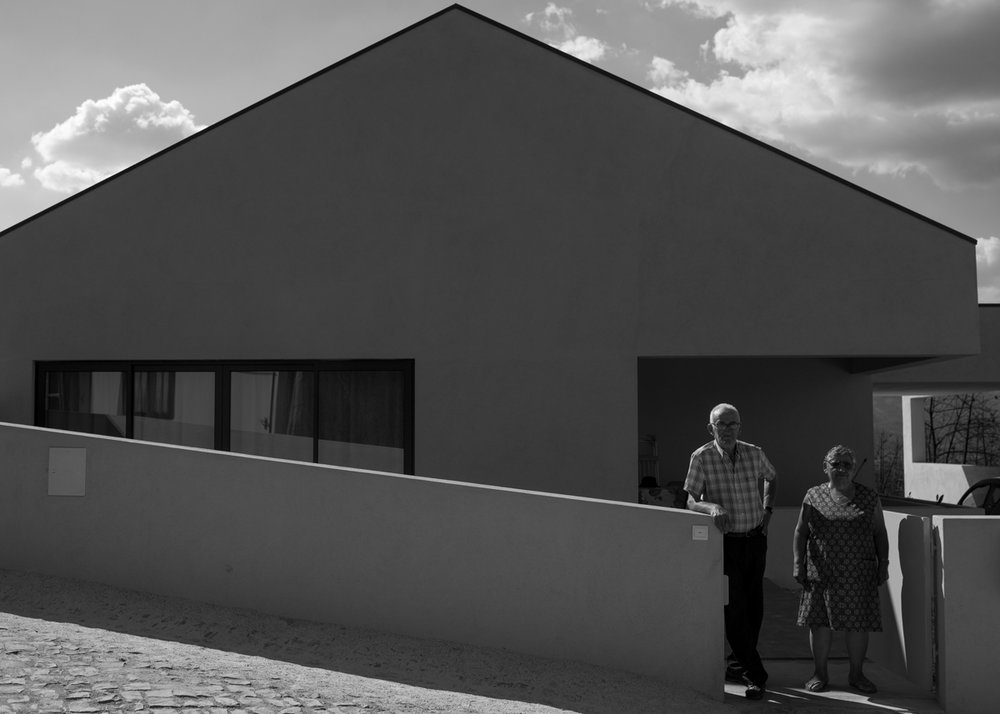
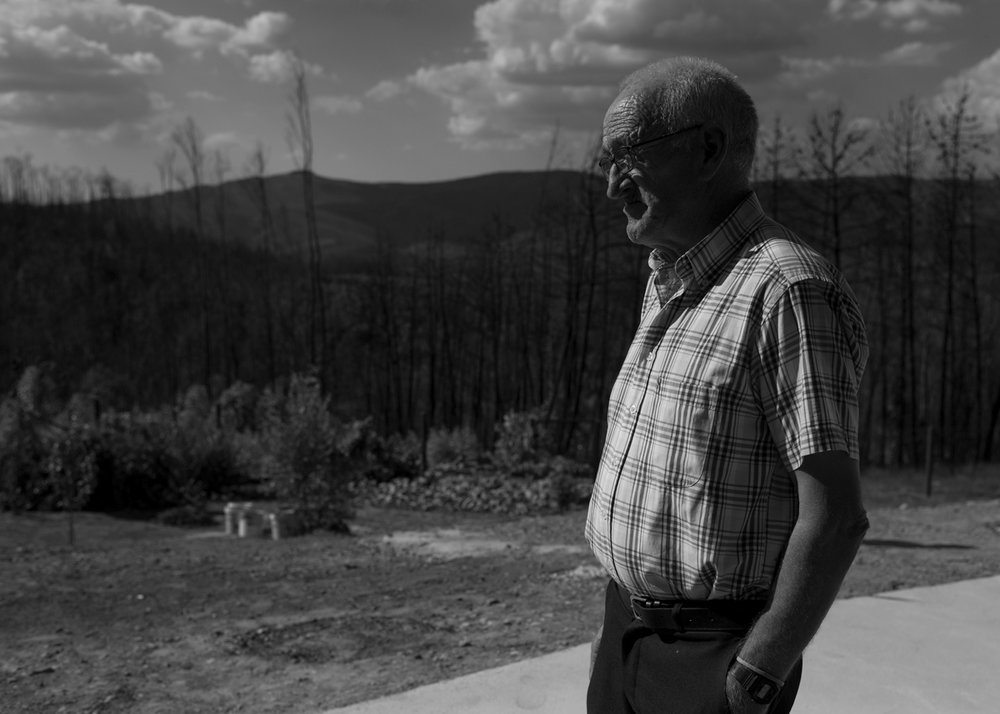
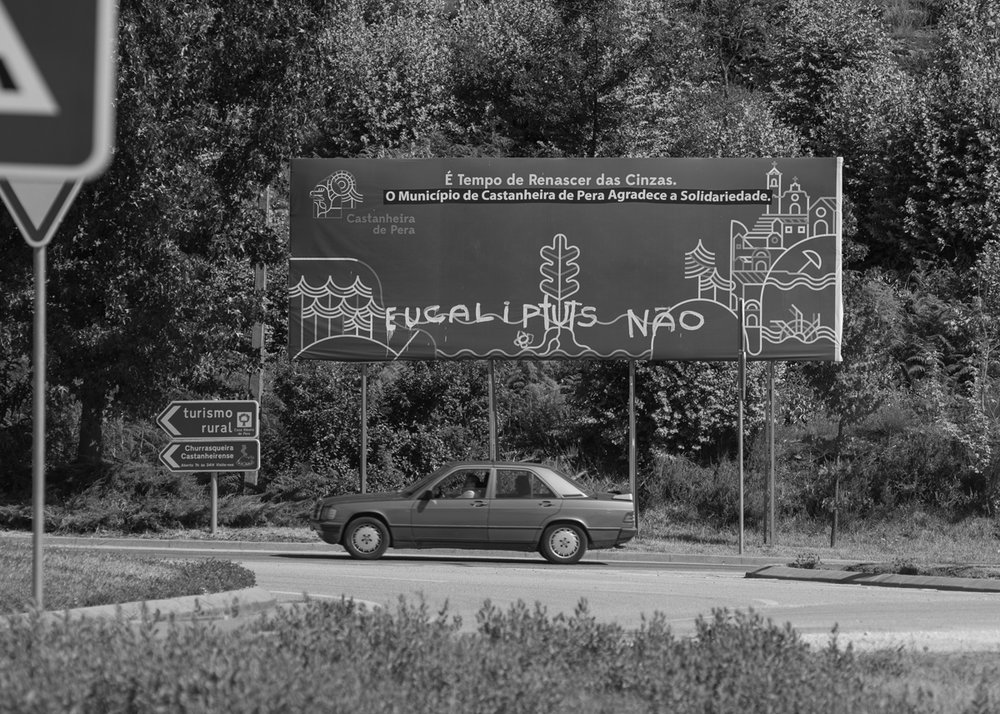
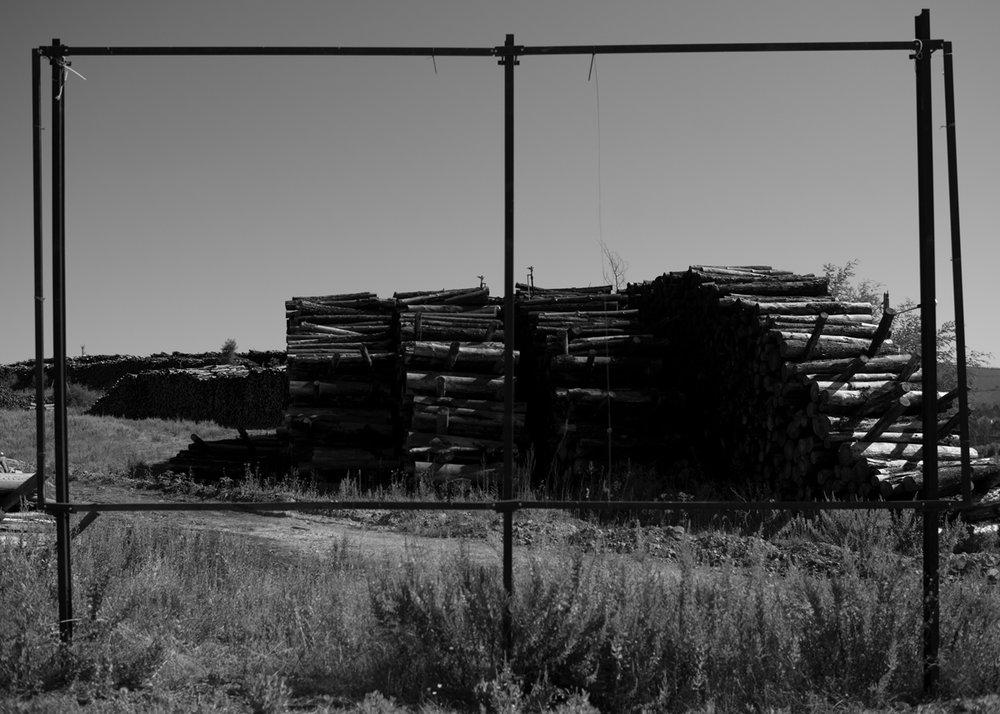
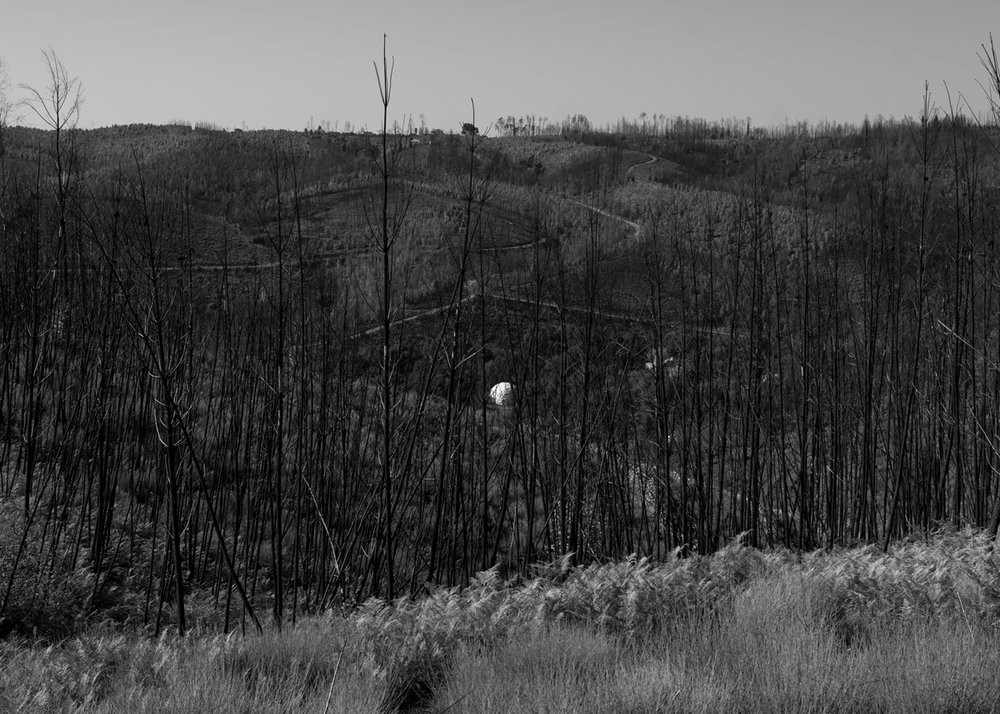


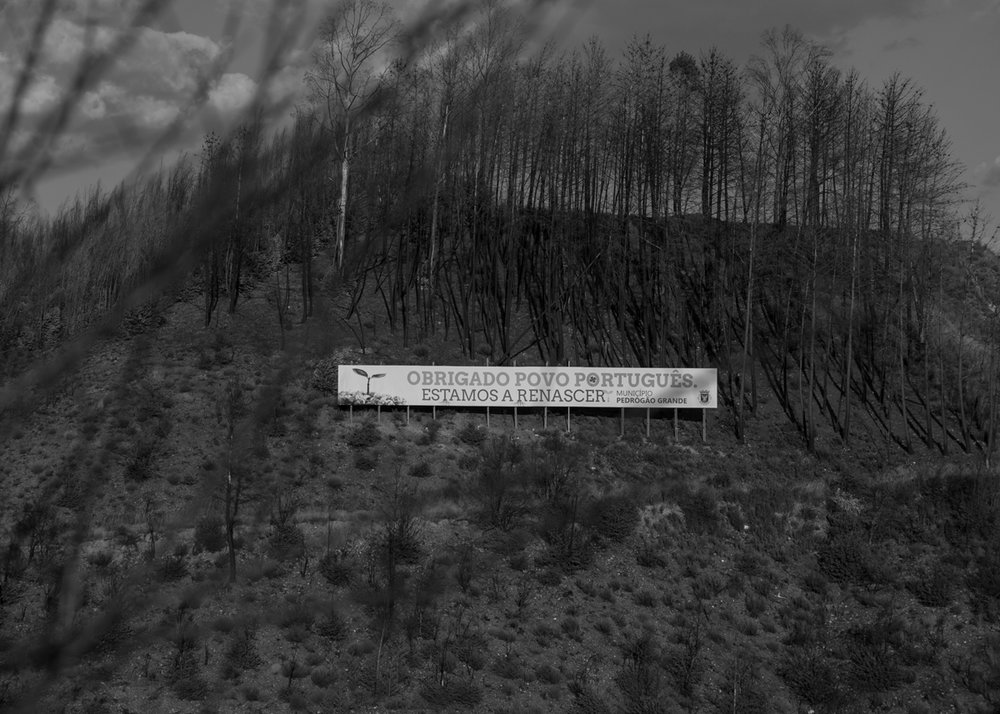
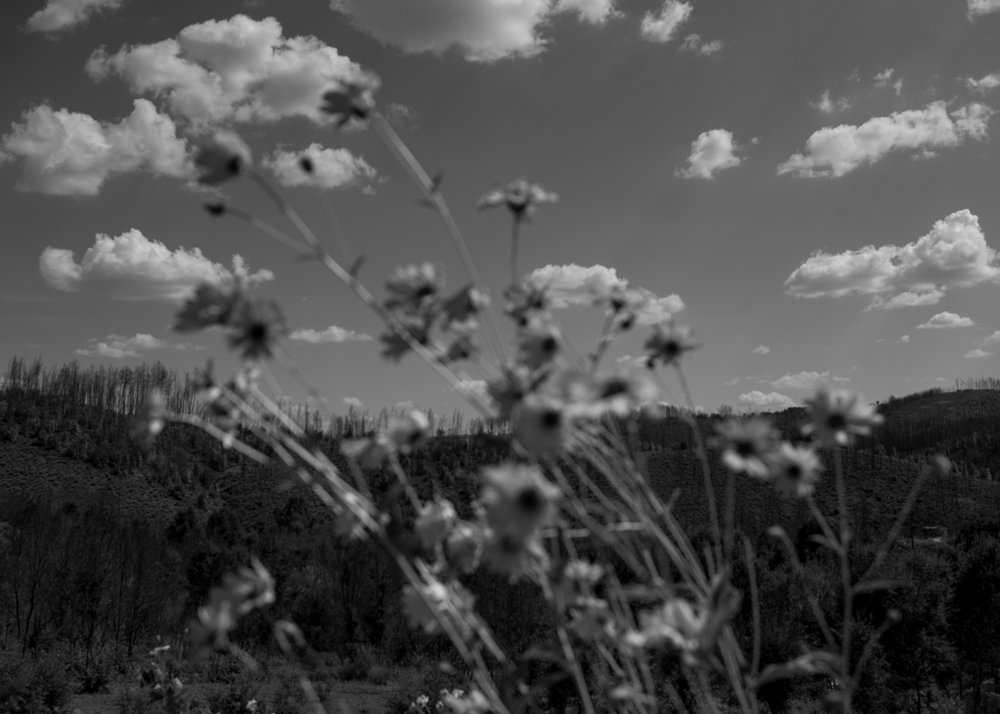
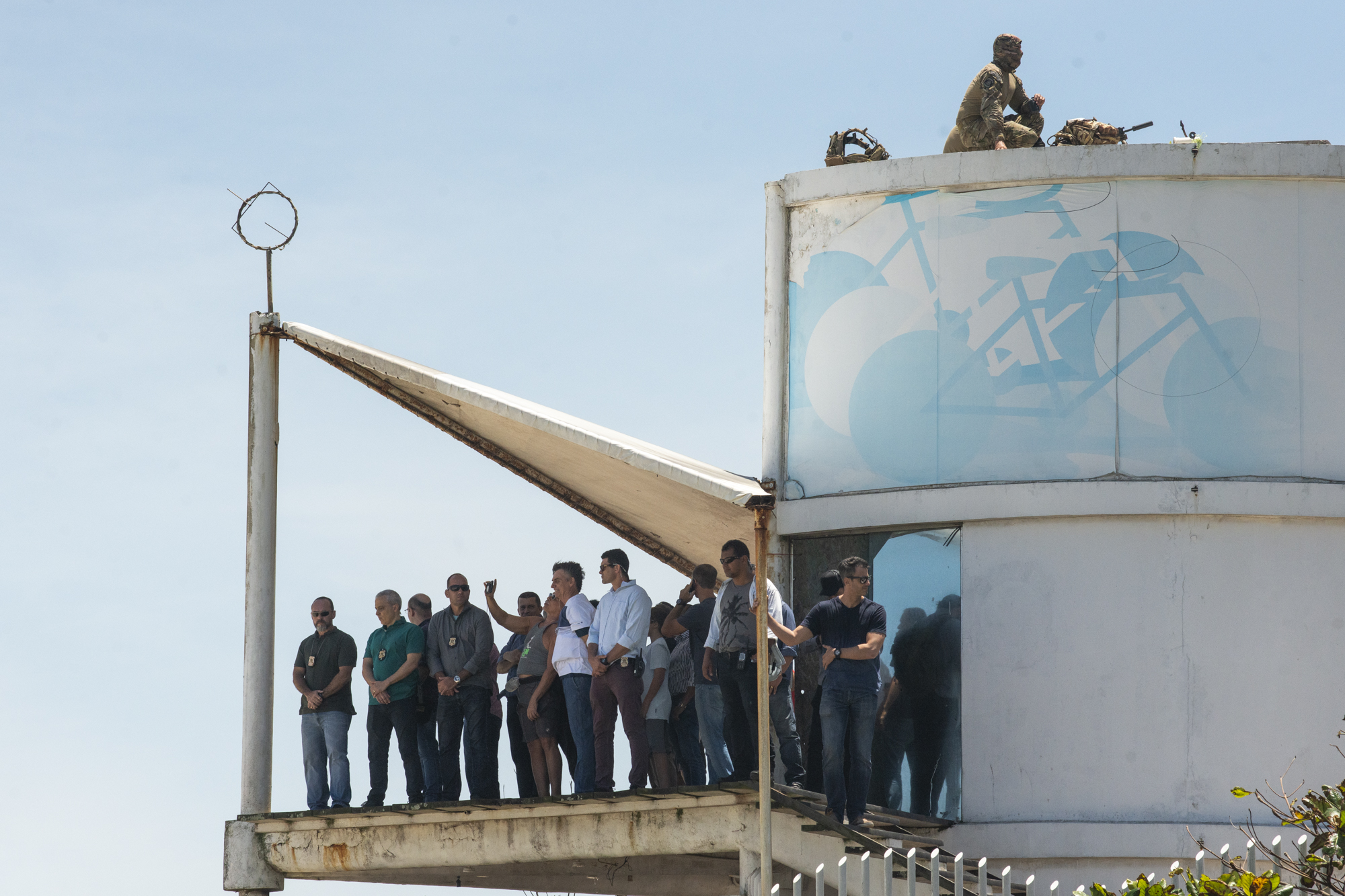
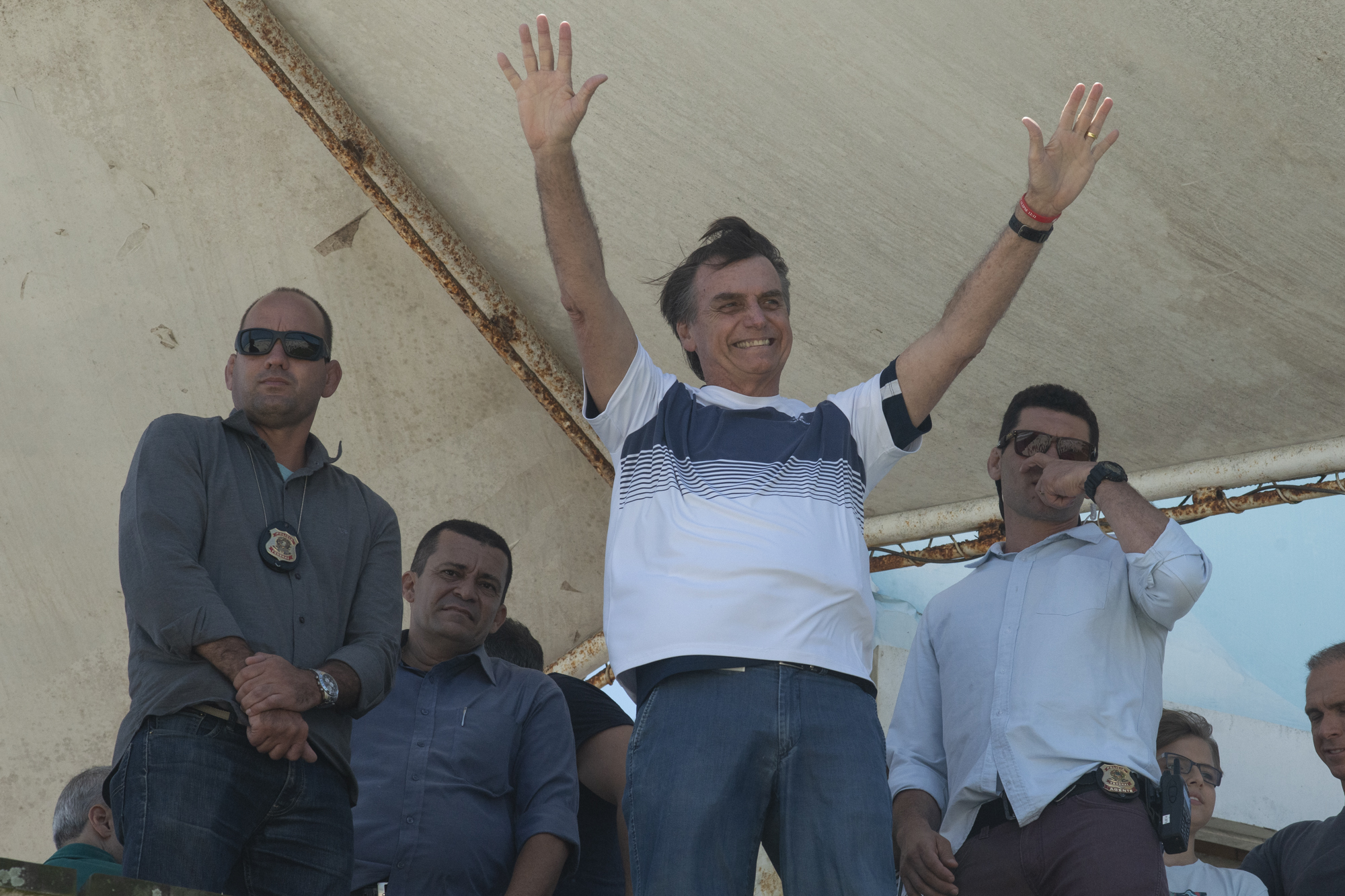
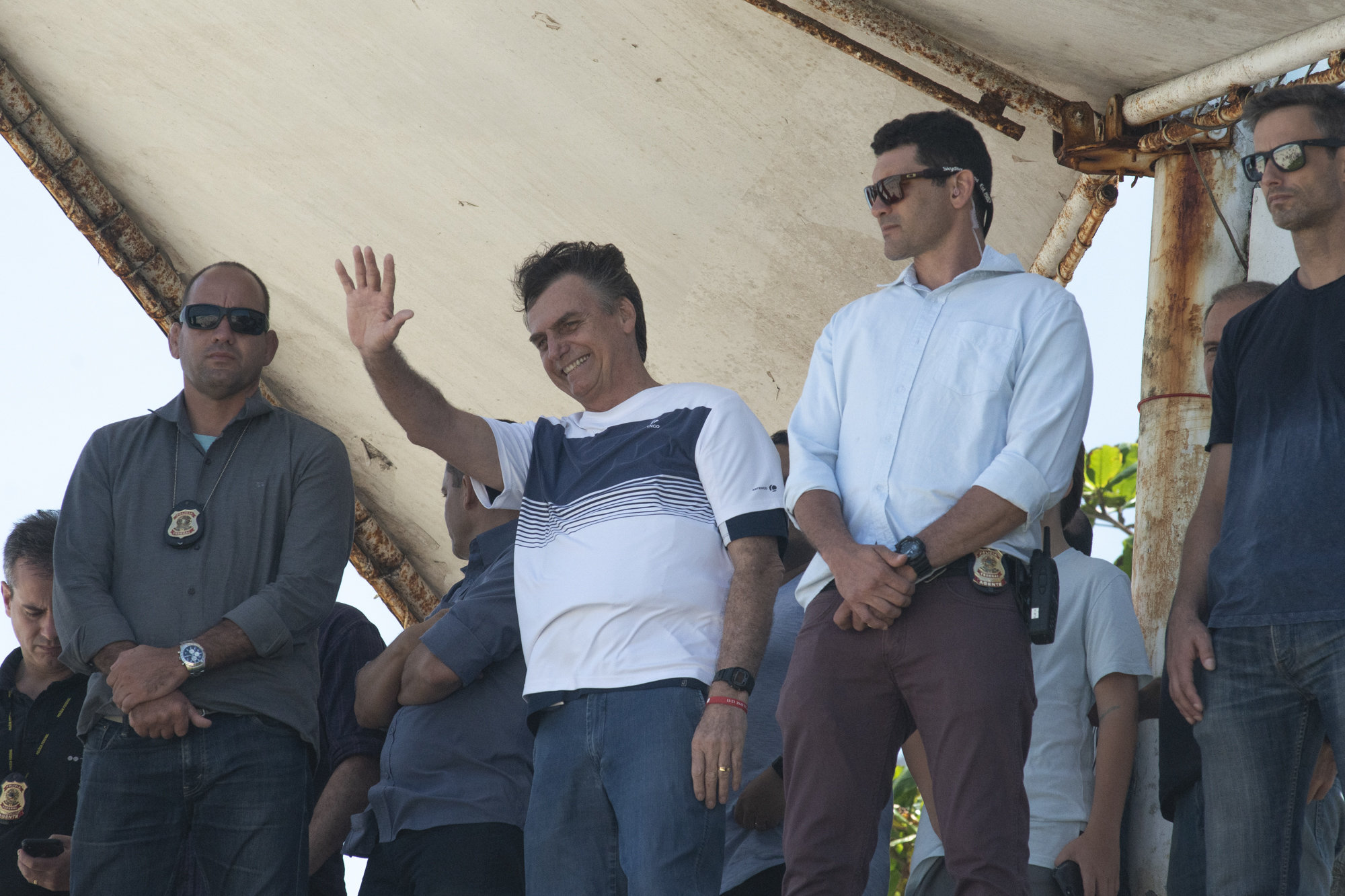
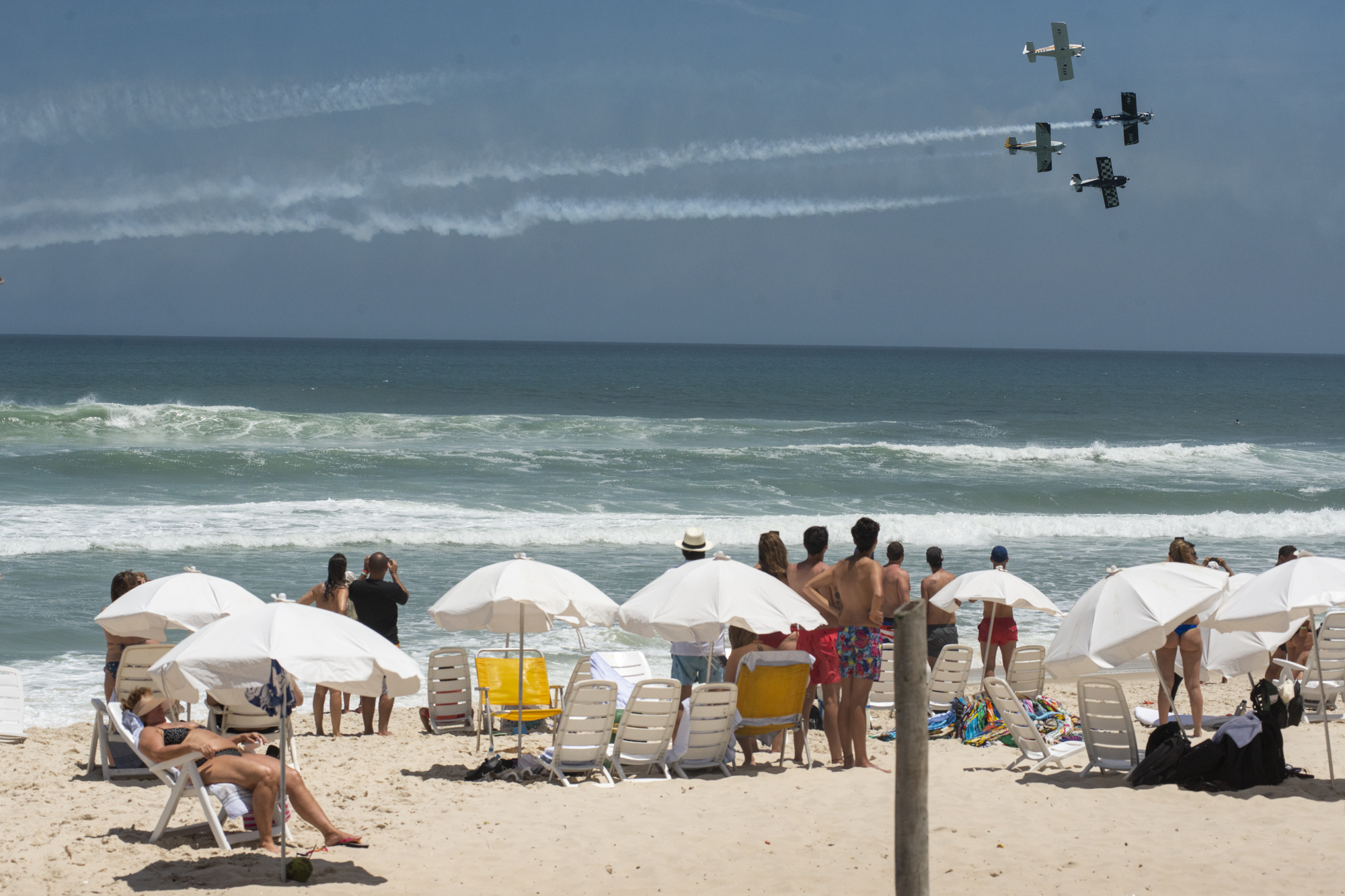
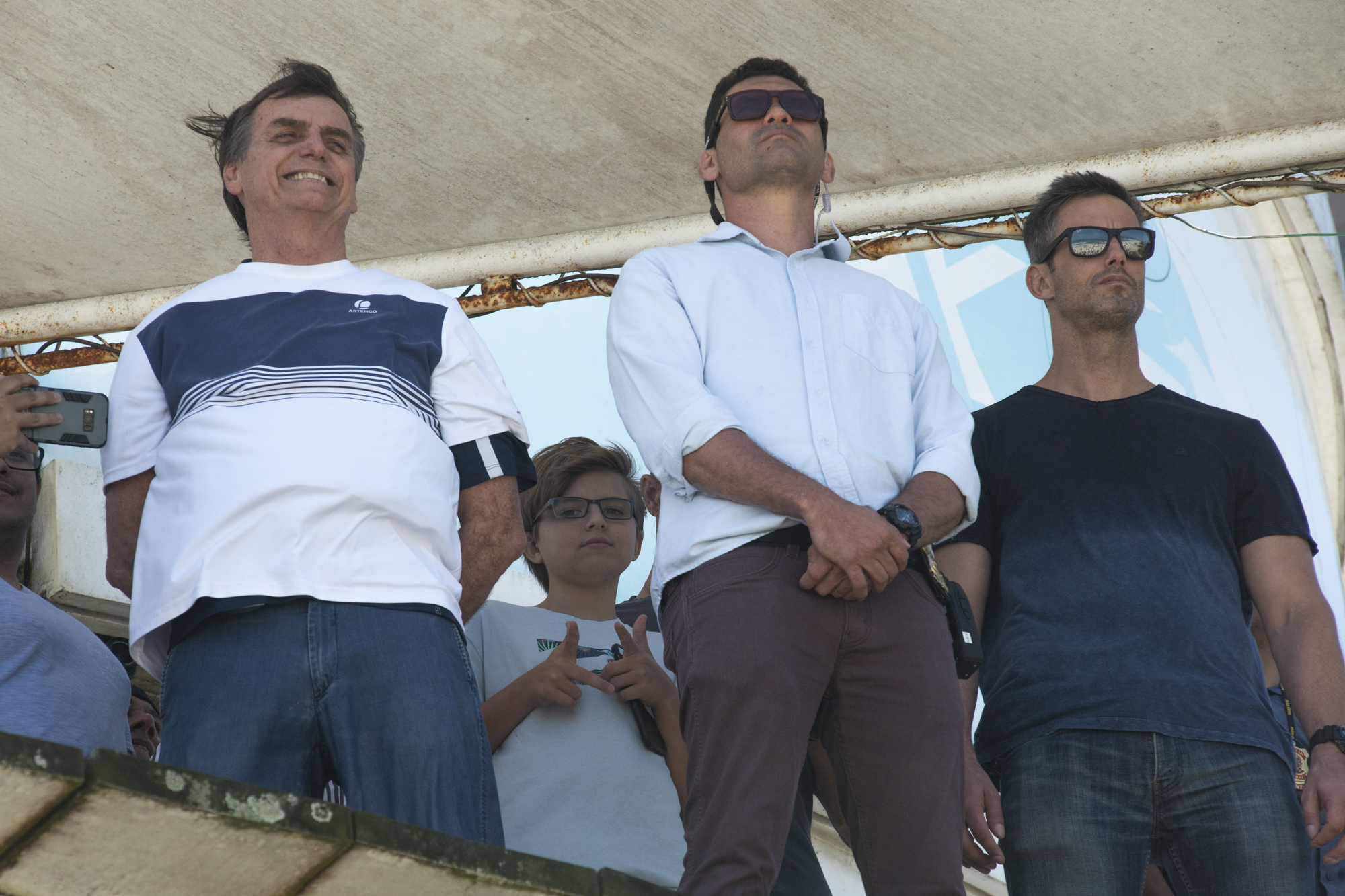
Latest assignment for Reuters

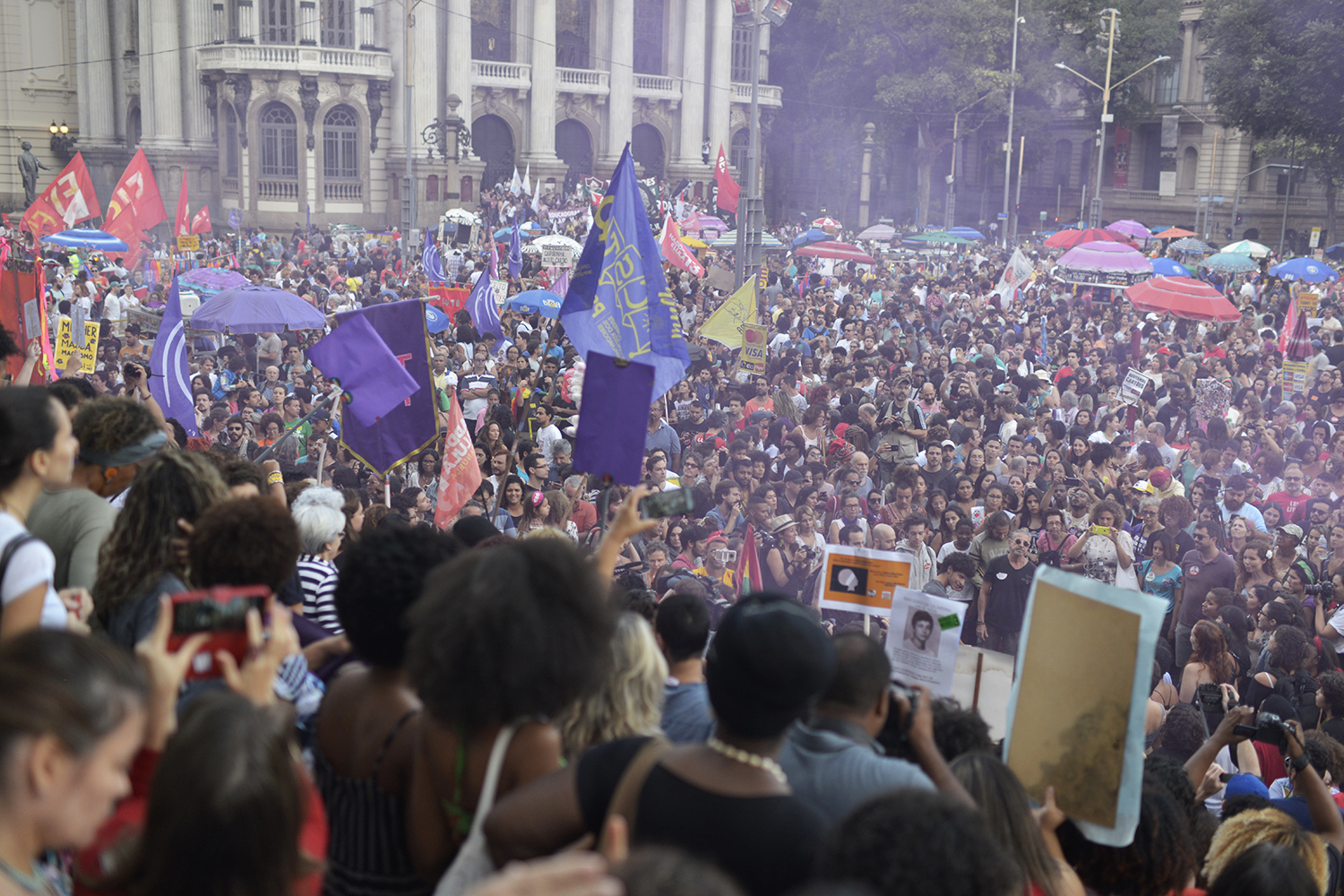
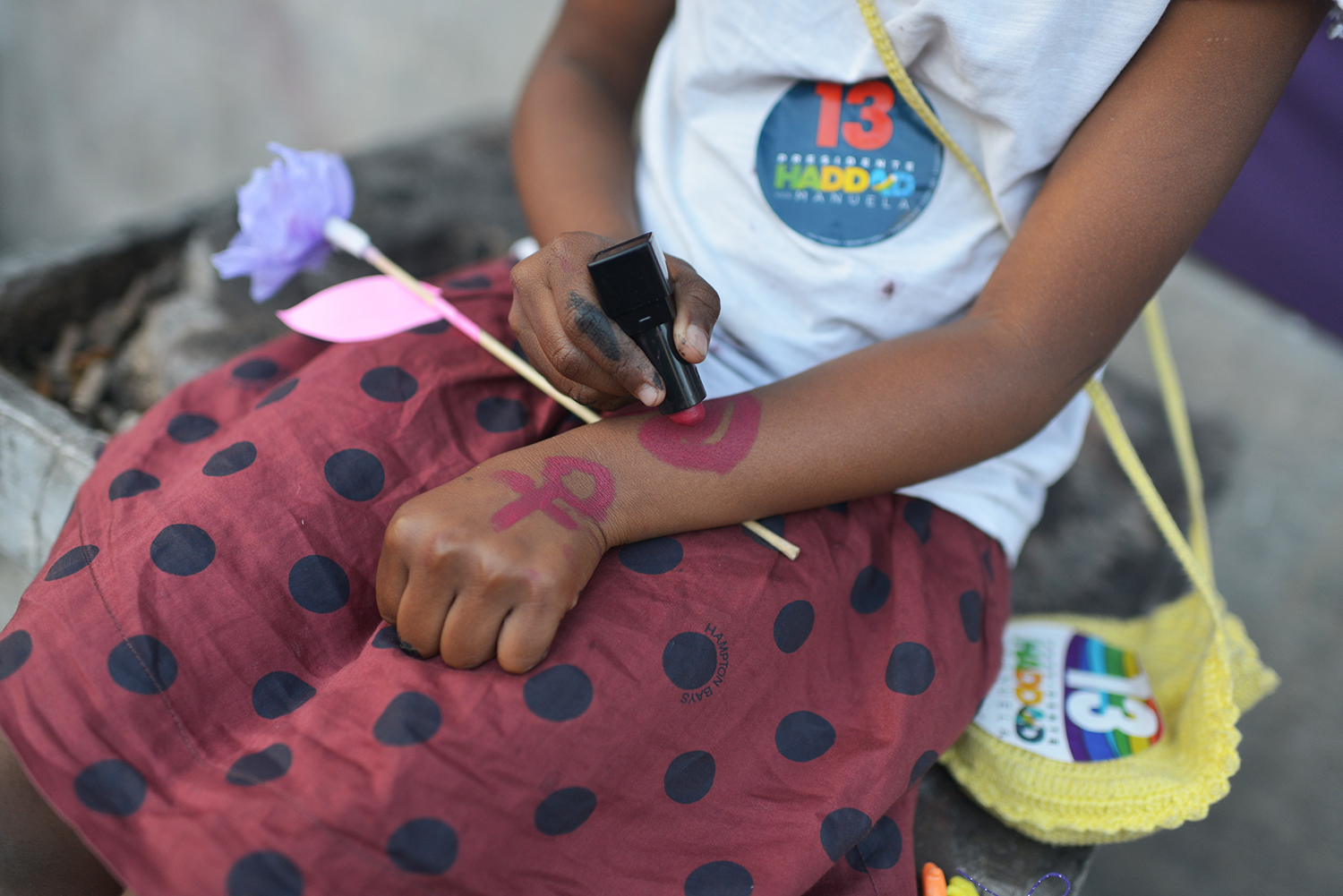
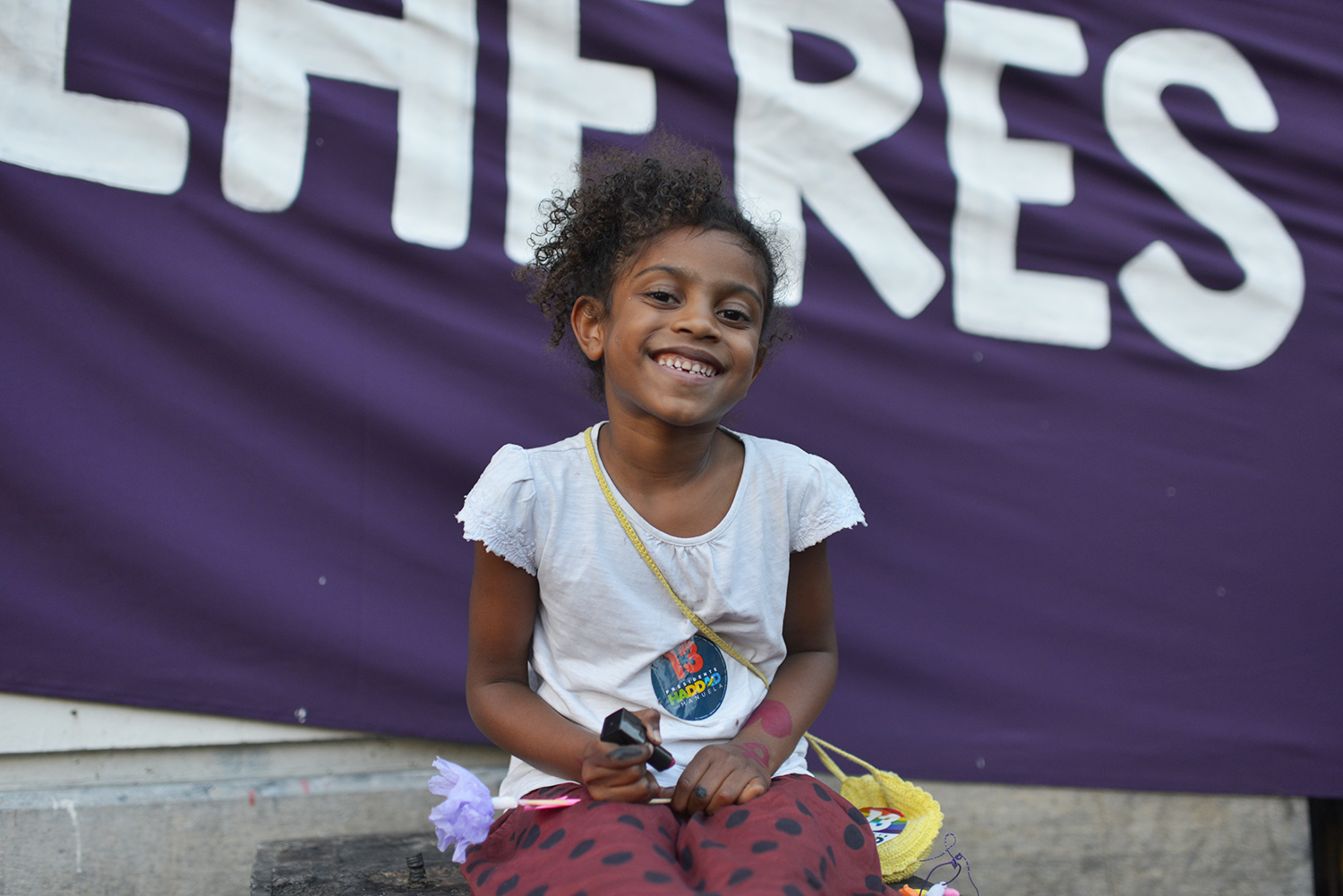
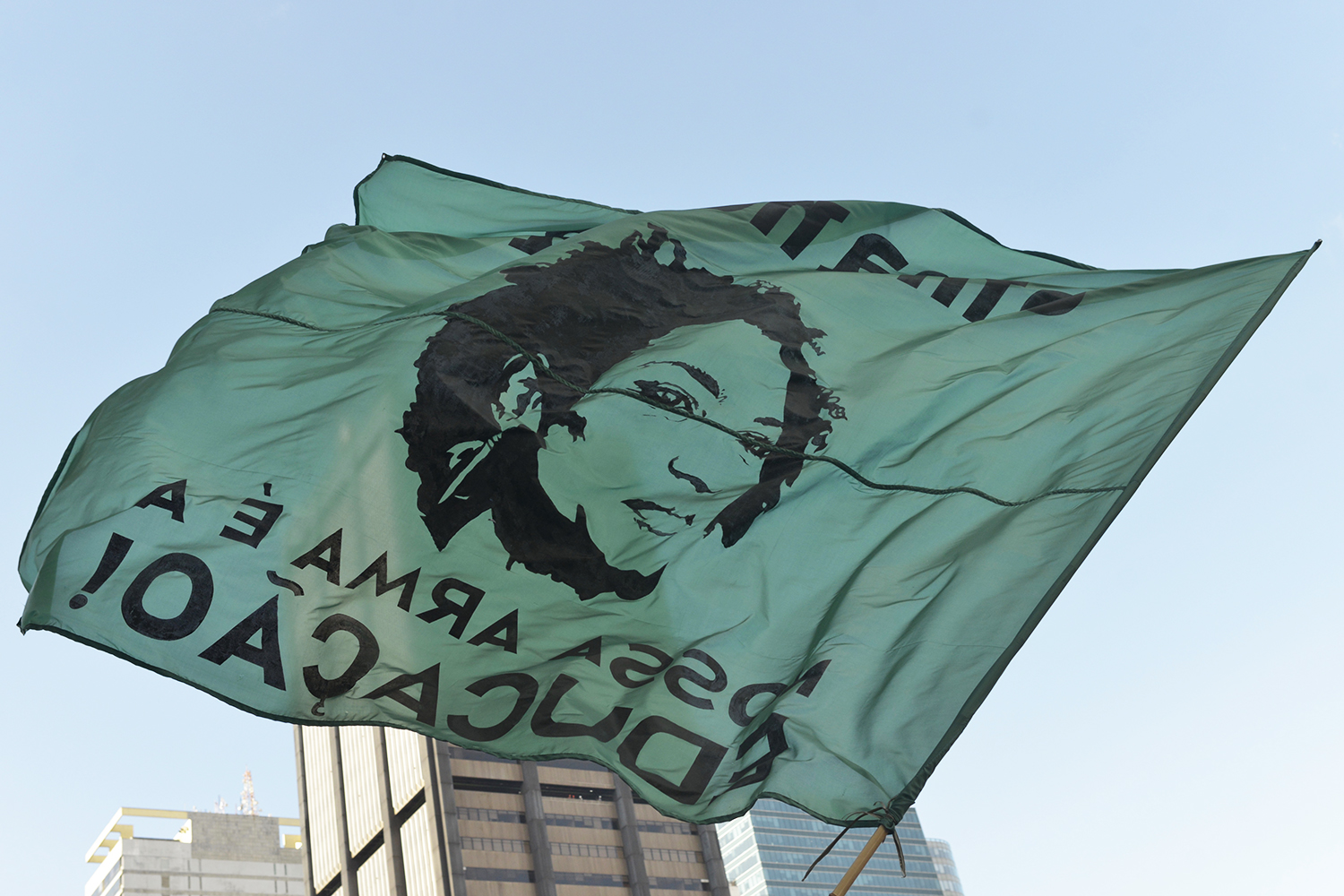
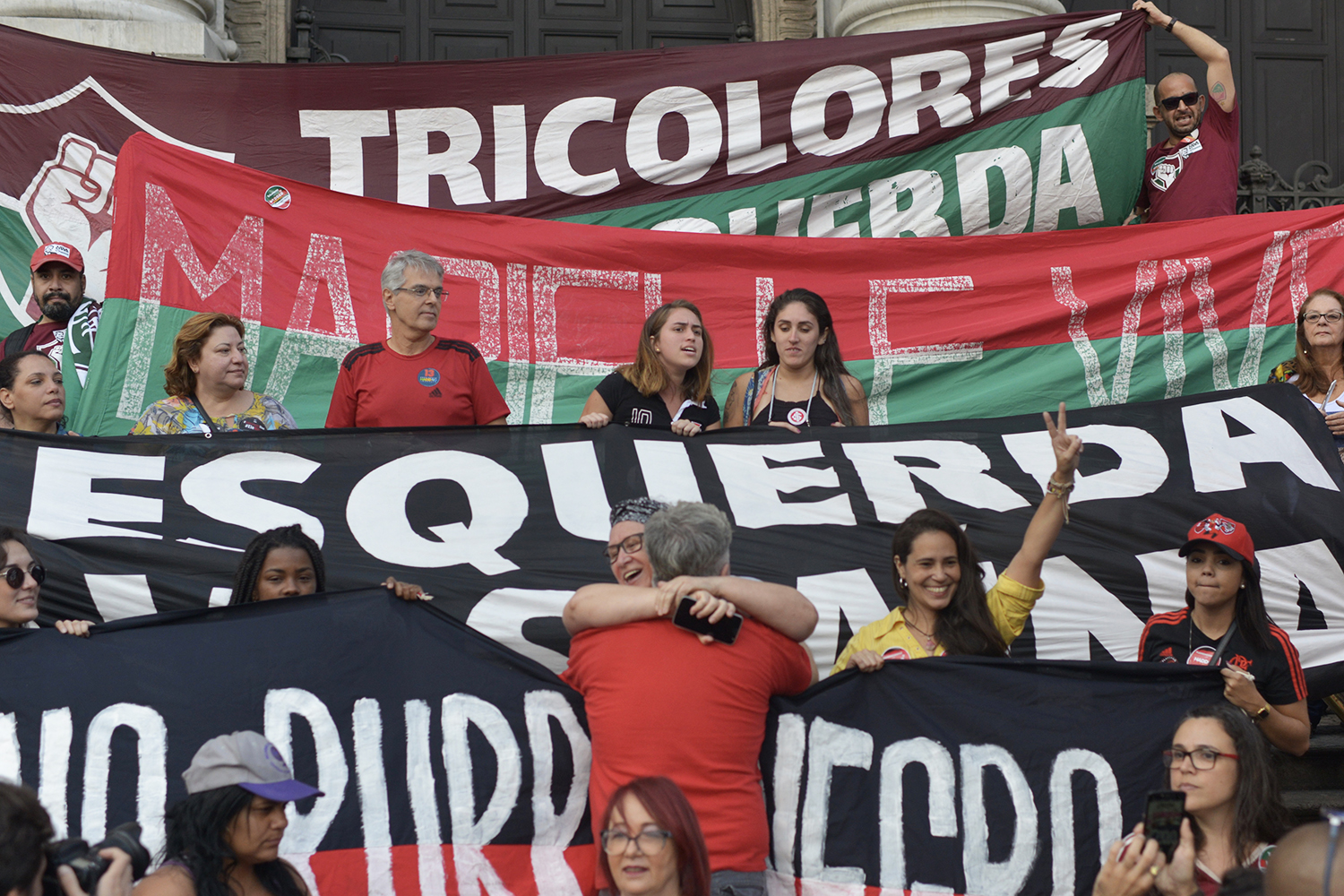

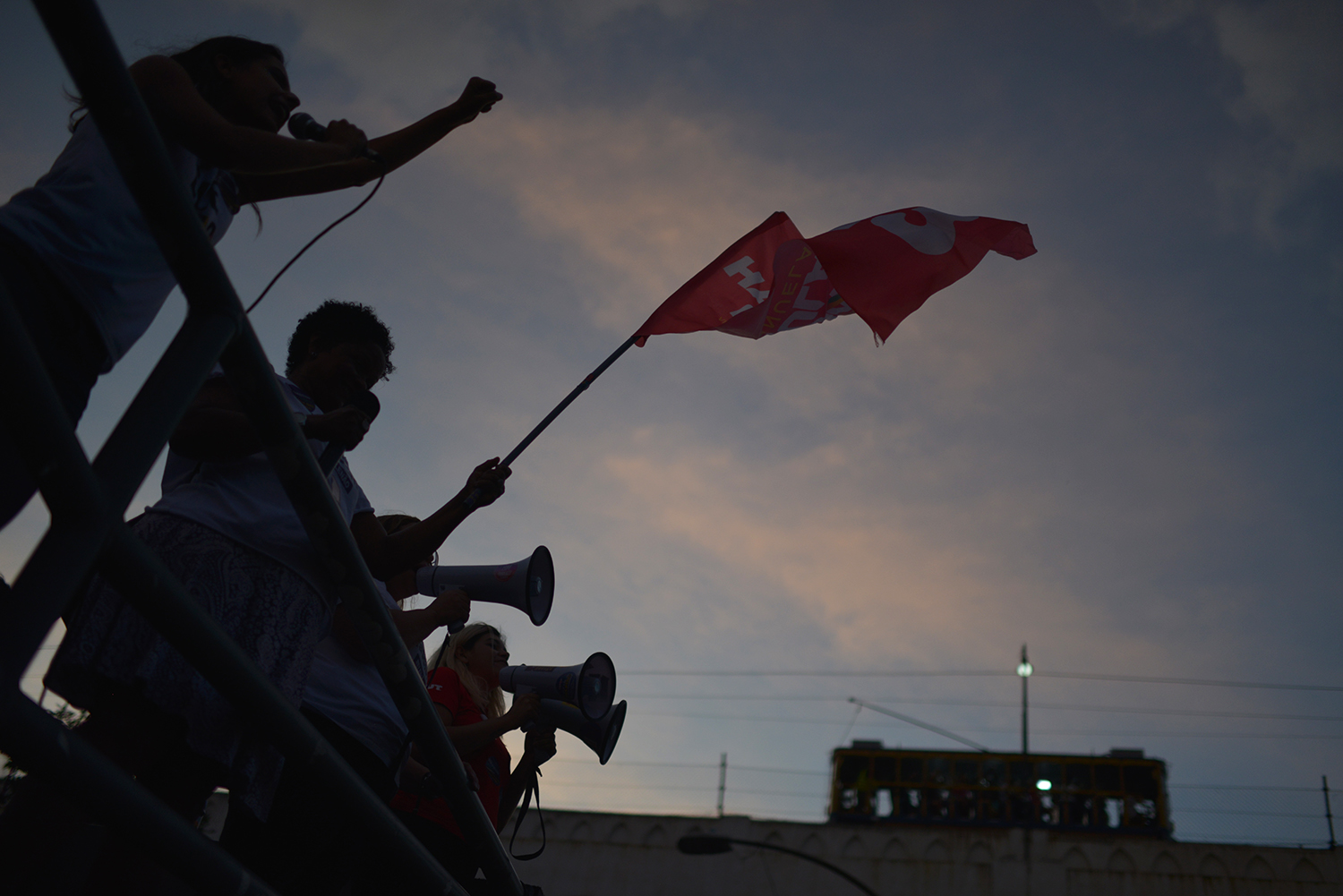
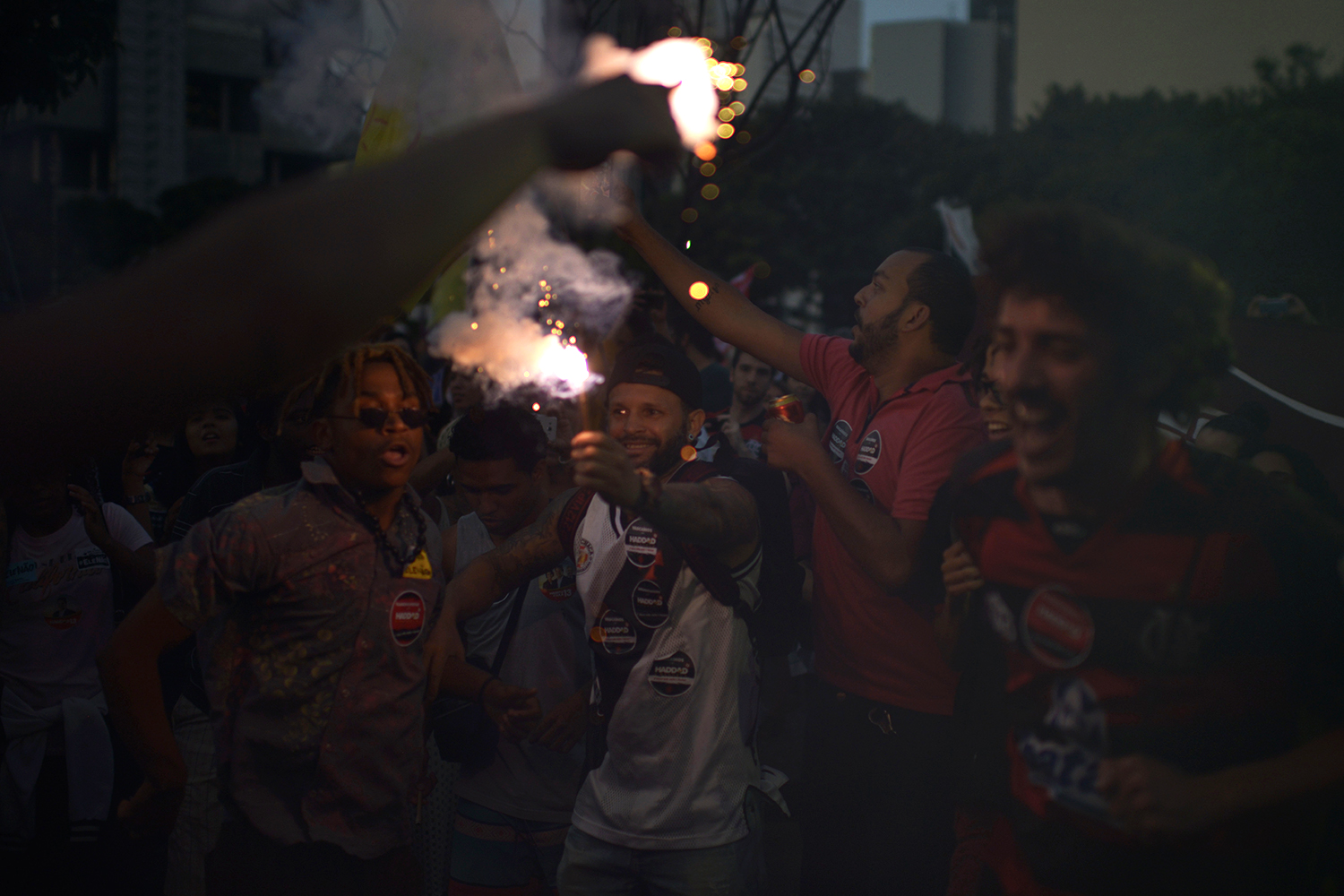
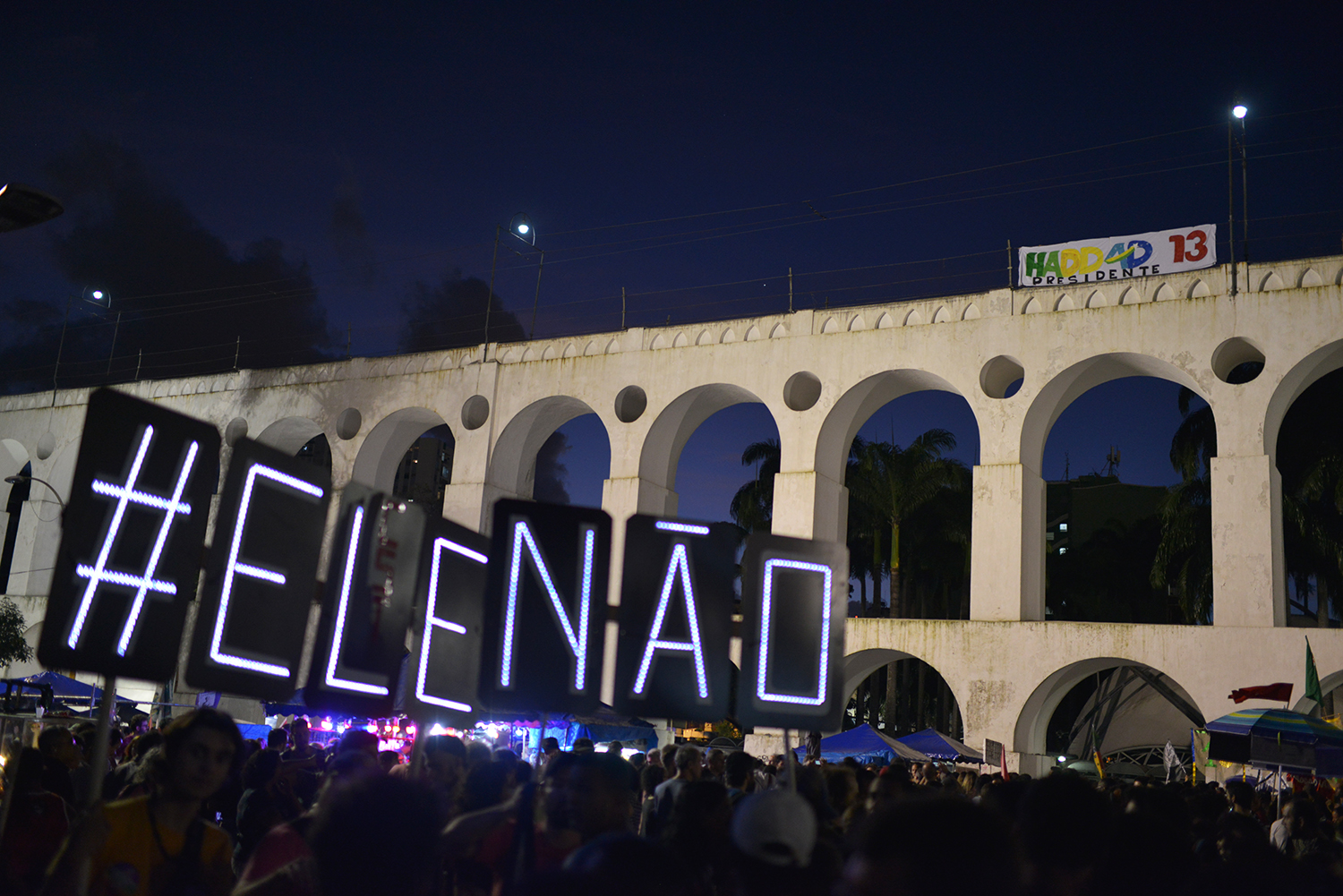
#EleNão #NotHim
No próximo domingo (28), Jair Bolsonaro pode ser nosso próximo presidente e suas ideias são terríveis. Ele é um ditador fascista que irá governar apenas para as pessoas brancas e ricas. Duas pessoas já morreram durante essa campanha histórica por conta de crimes de ódio contra negros e LGBTQ+. Nossa jovem democracia passa por um momento realmente perigoso.
Acredito que o jornalismo tem muito poder enquanto ferramenta para manter a democracia viva. A mídia brasileira é bastante corrupta e nem sempre democrática, então a mídia independente deve agir para documentar o pior momento do Brasil depois da nossa ditadura (1964 - 1985). O mundo precisa saber o que está acontecendo no Brasil hoje através de olhos independentes.
#FotografiaPelaDemocracia
--
On next Sunday (28), Jair Bolsonaro can be our next president and his ideas are terrible. He is a fascist and dictator, who will govern only for the white and rich people. More than 10 people already died during this historical campaign by hate crimes against transgender, black people and LGBTQ+. Our (young) democracy is passing through a really dangerous time.
I think journalism is very important now as a powerful tool to keep the democracy alive. The Brazilian media is very corrupt and not always democratic so the independent media must act to document the worst Brazilian phase after the dictatorship (1964 - 1985). The world must know what's going on in Brazil today through independent eyes.
#PhotographyForDemocracy
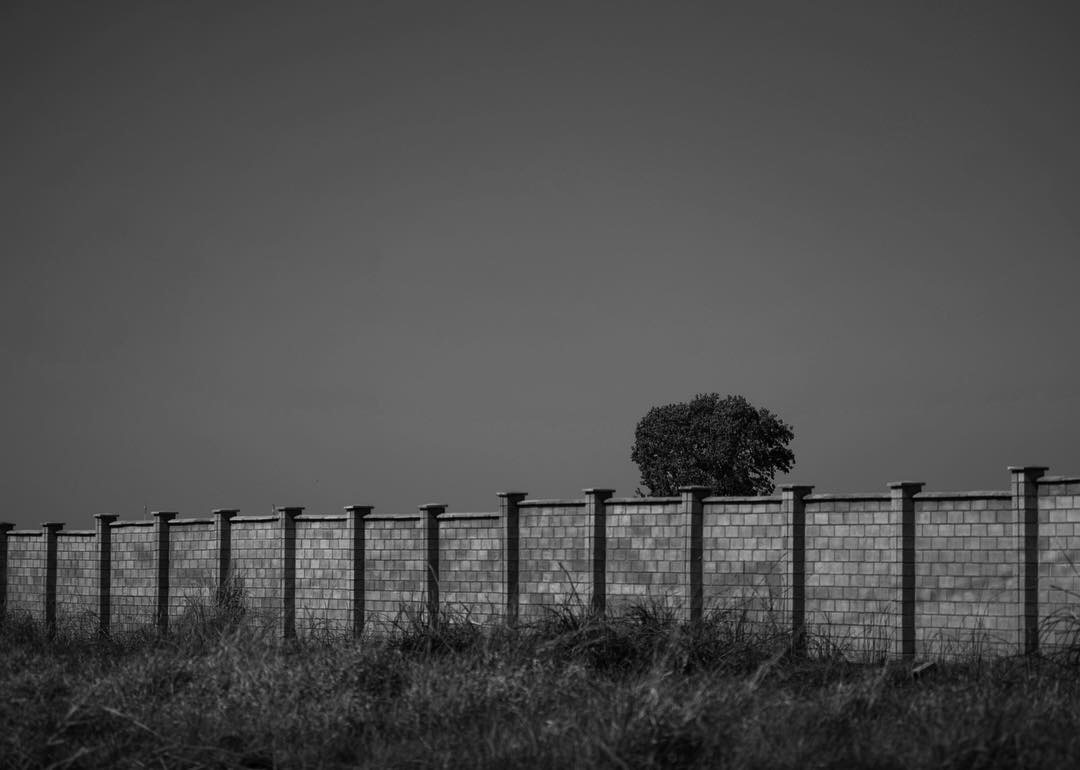
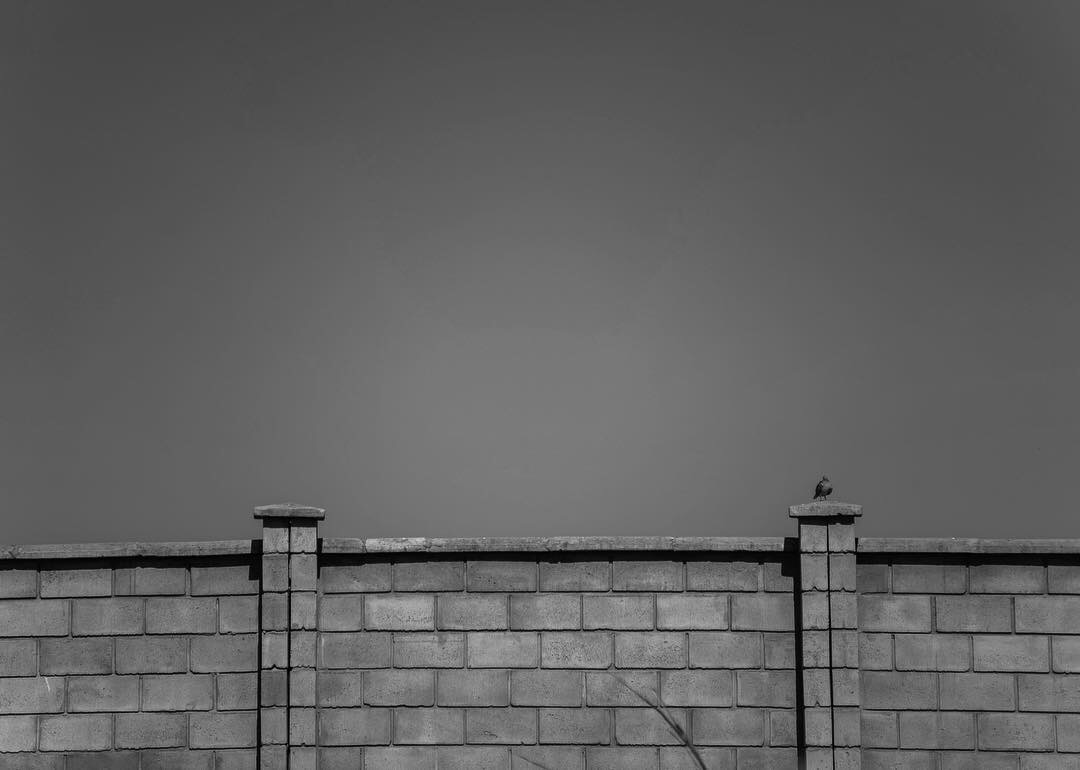

Anos Dourados (Golden Years)
Um muro eletrificado de três metros de altura separa a Reserva Indígena de Dourados do condomínio de classe média Ecoville Dourados Residence & Resort, na segunda maior cidade do Mato Grosso do Sul.
De um lado, a triste situação dos índios Guarani e Kaiowá, que vivem em uma reserva lotada e lutam há 100 anos para voltar aos seus tekohas (terras tradicionais). Do outro, a vergonhosa situação da classe média brasileira, cercada cada vez mais pela muralha da ignorância.
—
An electrified wall separates the Dourados Indigenous Reserve from the middle class condominium Ecoville Dourados Residence & Resort, in the second largest city of Mato Grosso do Sul, Brazil.
On one side of the wall, the sad situation of the Guarani and Kaiowá Indians, who live in a crowded reserve and have been fighting for 100 years to return to their tekohas (traditional lands). On the other side, the shameful situation of the Brazilian middle class, surrounded more and more by the wall of ignorance.


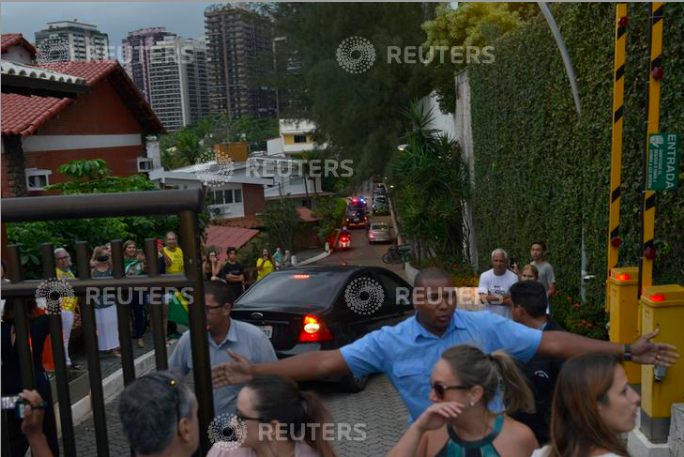



Latest assignment for Reuters
“Manifestations”, my new group exhibition
It’s a pleasure to announce my last group exhibition: “Manifestations”, about the 2013 protests in Rio de Janeiro and Brazil. I was invited by the curator Sergio Moraes (chief of Reuters office in Brazil) to exhibit 13 images made during the coverage for Reuters between 2013 and 2014.
Ana Carolina Fernandes, Bárbara Dias, Luiz Baltar and Mauro Pimentel are also in this exhibition, which is taking place at Darcy Ribeiro Cinema School, Rio de Janeiro downtown, until September 30. If you will be in Rio in September, don’t waste the opportunity to check out (for free) more than 50 strong and beautiful pictures about this historical moment.
ESCOLA DE CINEMA DARCY RIBEIRO:
Rua da Alfândega, 5 - Centro, RJ.
Monday - Friday / 11am to 8pm
As Rezadoras (Video)
Caucher Birkar for Folha de São Paulo
On August 4th Caucher Birkar, 40, Kurdish refugee and professor at Cambrigde, received the second gold Fields Medal. The first was stolen minutes after he received, on August 1st, in Rio de Janeiro, during the International Congress of Mathematics.
The Fields Medal is considered math's equivalent of the Nobel Prize. I was on assignment for Folha de São Paulo newspaper.
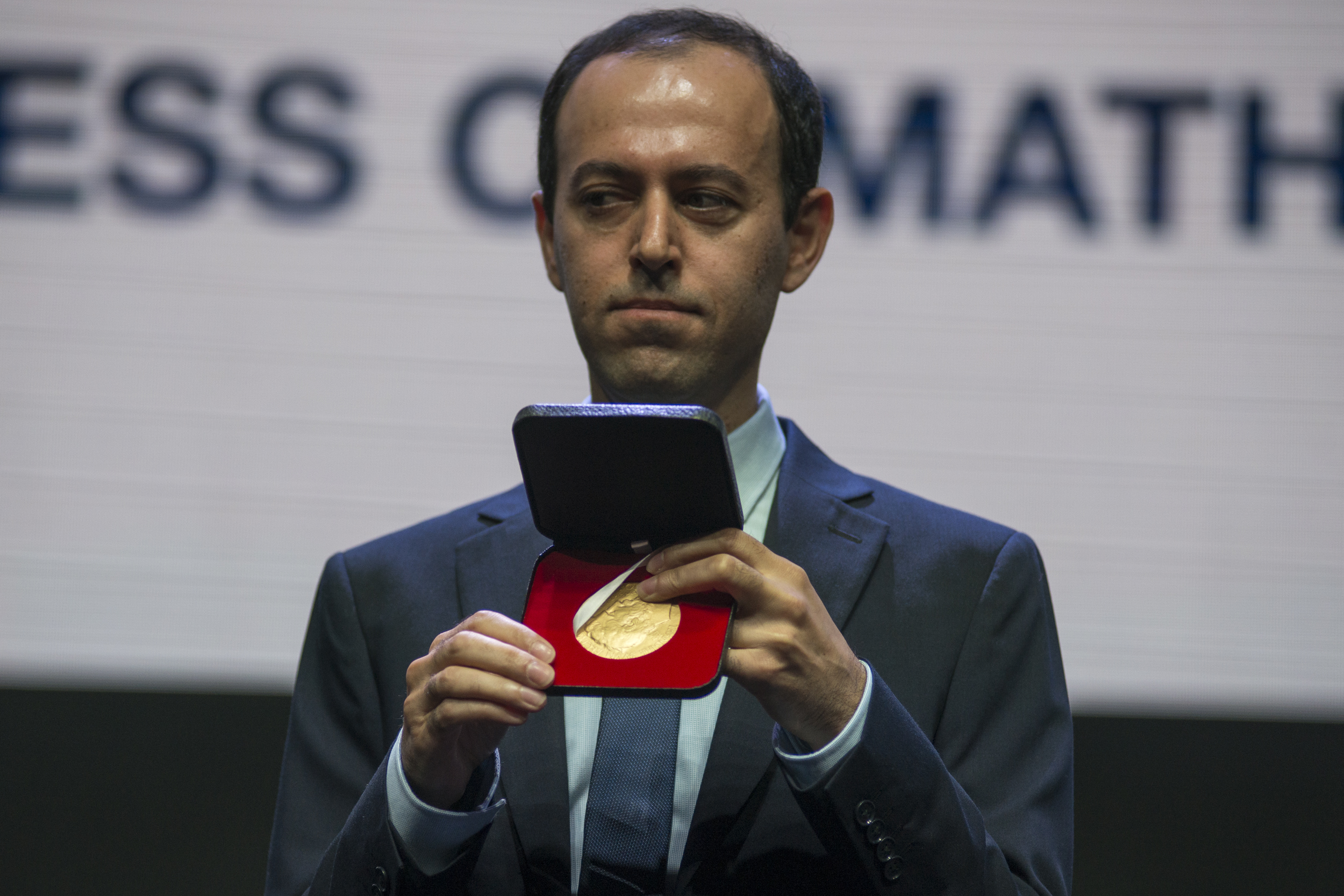
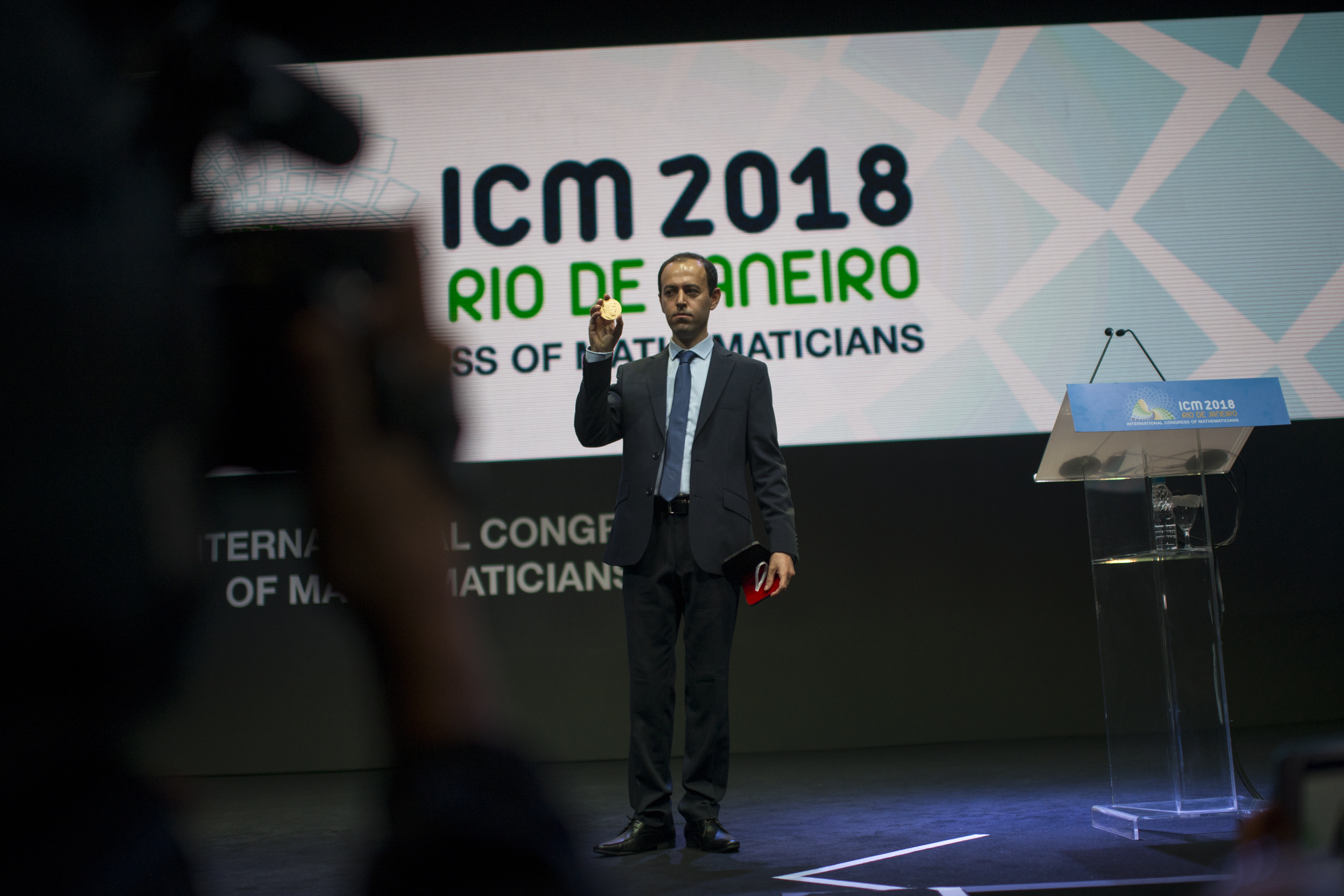

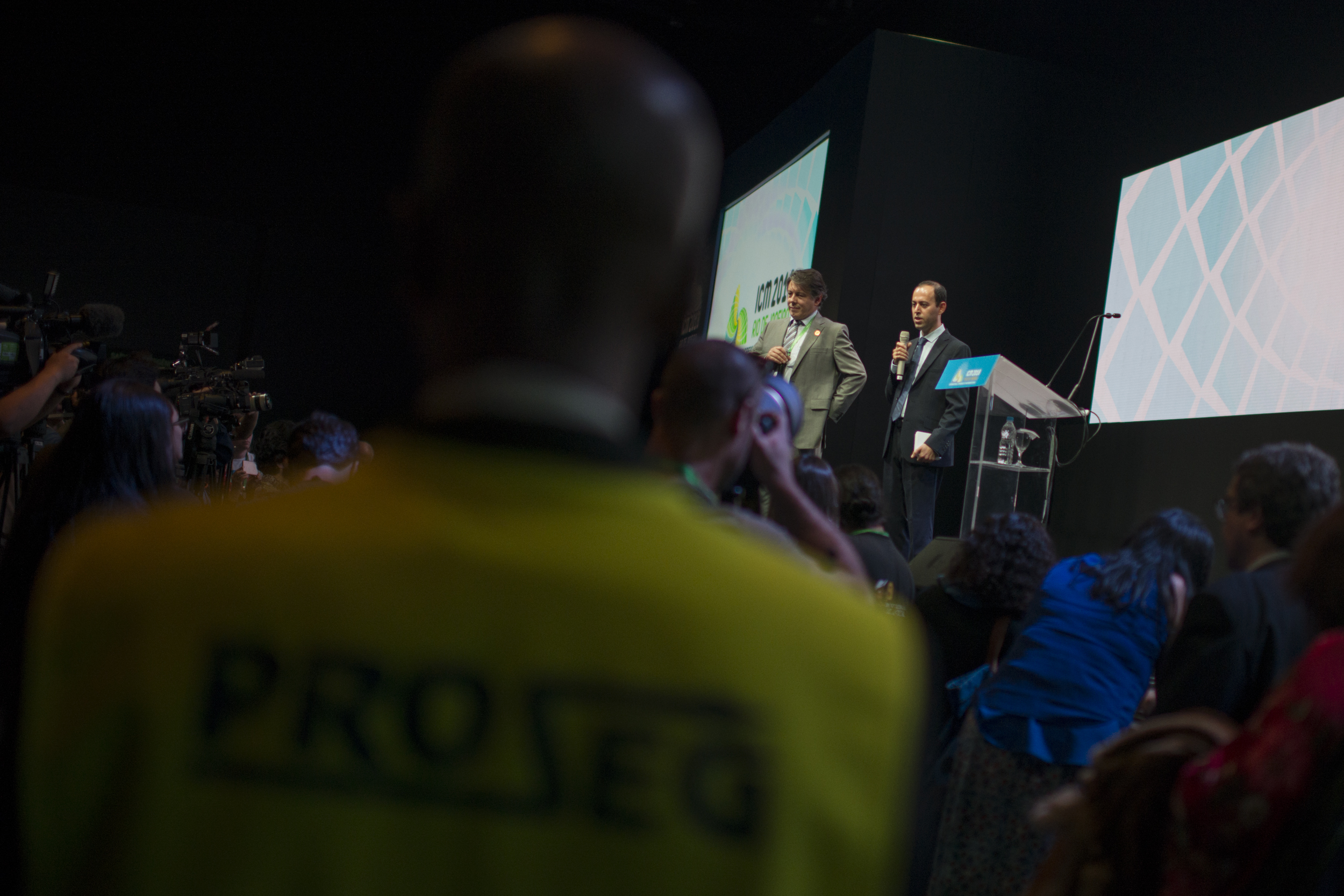
Aty Kunã 2018 (Video)
Acesse o Documento Final da VI Kunãgue Aty Guasu (PDF).
Intercept Brasil
Tá no ar um trabalho super importante feito por duas mulheronas da porra sobre o absurdo que o governo brasileiro faz com as crianças indígenas ao separá-las das mães através do conselho tutelar. No vídeo (abaixo) e na parte escrita da reportagem, a Tatiane Klein e a Luiza Calagian contam histórias que precisam ser debatidas.
Tive o prazer de colaborar no vídeo com imagens do abrigo de Dourados, onde conheci uma mãe do povo guarani que visita as filhas gêmeas de quatro meses duas vezes por semana, em encontros de 2 horas. Assista abaixo:
Ñu Vera Resists
This Indian village is about to be removed and destroyed.
The Indigenous Reserve of Dourados, in Mato Grosso do Sul, Brazil, is crowded with 16.000 Indians in a little bit more than 3.000 hectares. That’s why part of the Kaiowá people occupied an area next to the reserve that they say is their traditional territory, where 30 families are living nowadays.
However, the owner of the land, a farmer, is asking in court for the piece of his land back, and the judge agreed. Ñu Vera can be destroyed at any moment.
When I arrived, I met Ambrósio (61), a community leader. After I introduced myself, I asked if I could help with my work in their fight for their land. He liked the idea and told me to focus on two aspects: the plantations and the children.
The plantations means the land being used in a good way, stable life, each family with a small farm represents the link between them and the land. Land and life are deeply connected in the indigenous conception. Feet on the ground are not dirty feet, it is belonging.
And the children are the future, the new era, the reason of the fight of the Brazilian Indians that is taking 518 years. In Dourados (and in a lot of other places in Brazil), the Indians, when not ignored by society, are segregated.
With almost 10 days living together with the Guarani Kaiowá Indians, I can say for sure Indians did not choose to live in the hard situation they are experiencing today. It is result of the denial of their territory rights, public politics promoted by ruralist front (a parliamentary segment that acts on behalf of farmers), an omissive government and an ignorant and conservative society.
Ñu Vera resists.
(July 2018, Dourados - Mato Grosso do Sul, Brazil)
RISC Alumni
With other 23 photographers, I was selected to be part of the XV RISC Training, in Itatiba, São Paulo (23-29 June). For the first time, the course for freelancers who work in remote and dangerous places took six days: four for medical training (by Wilderness Medical Associates) and two for security training (by Steve Cook).
It was a life-changing week. We learned a lot about rescuing people and had an intense time together as a group of photographers. Very nice moment to know colleagues and talk about our experiences. Thank you very much, RISC Training!
From now, we are Reporters Instructed In Saving Colleagues, Course XV - Fazenda Pereiras, Itatiba, São Paulo. Picture: Scout Tufankjian.








